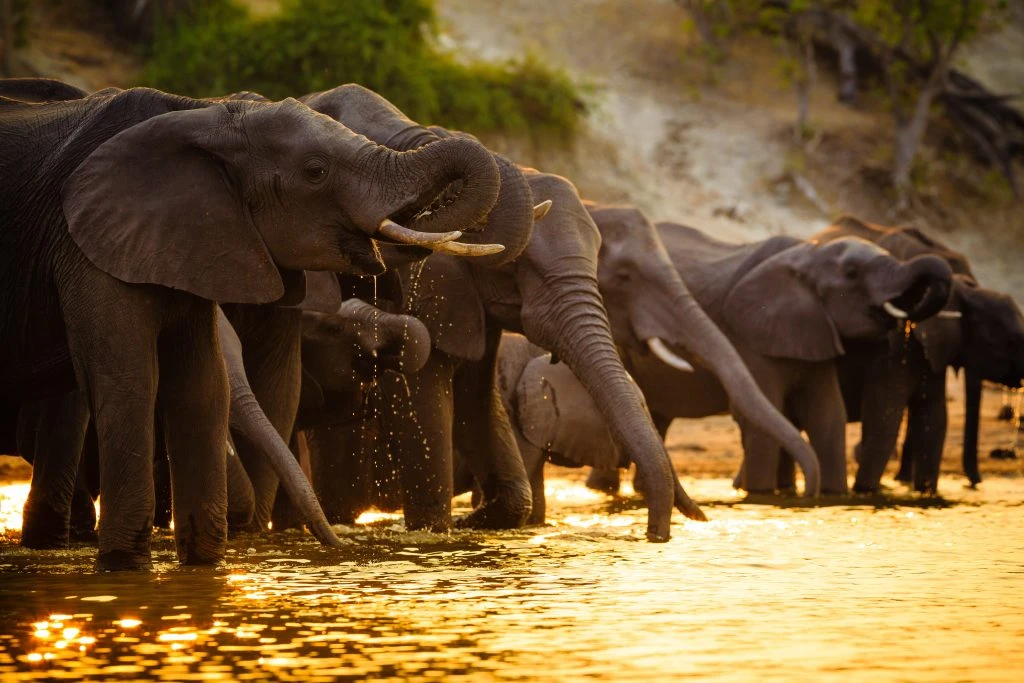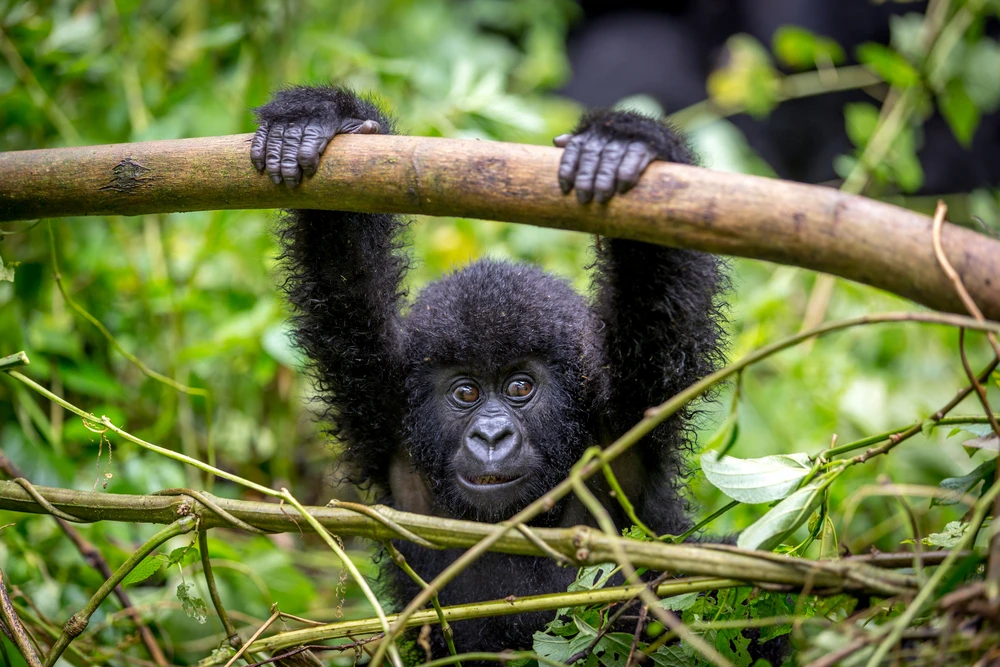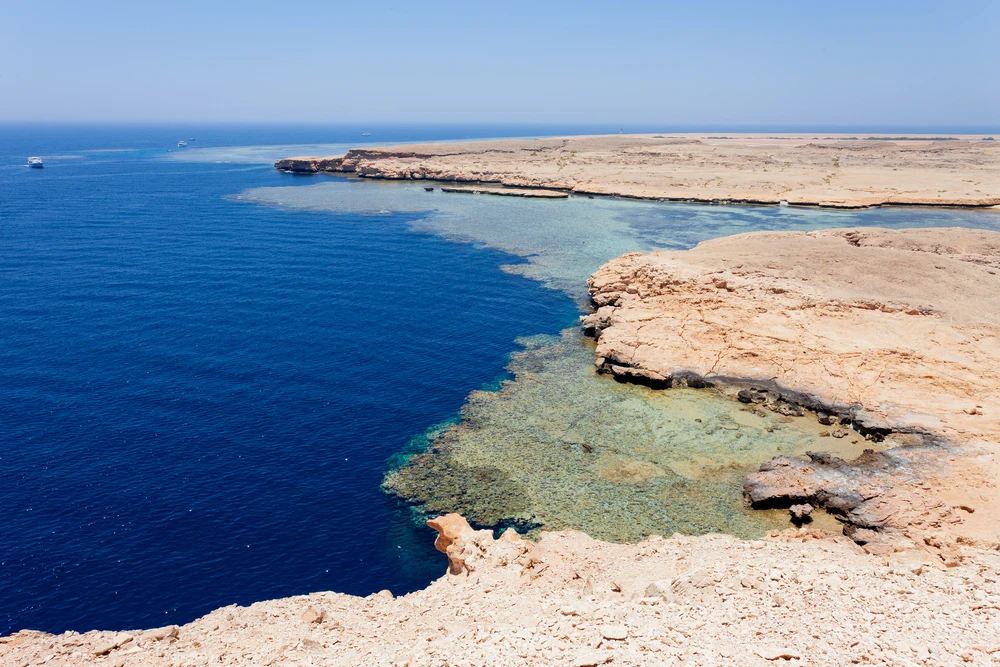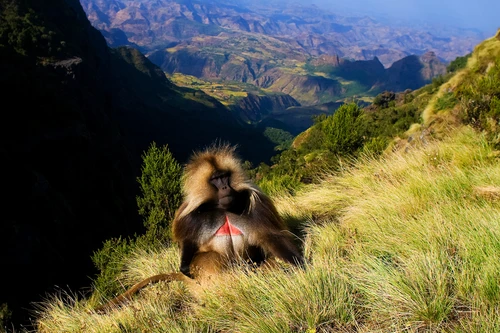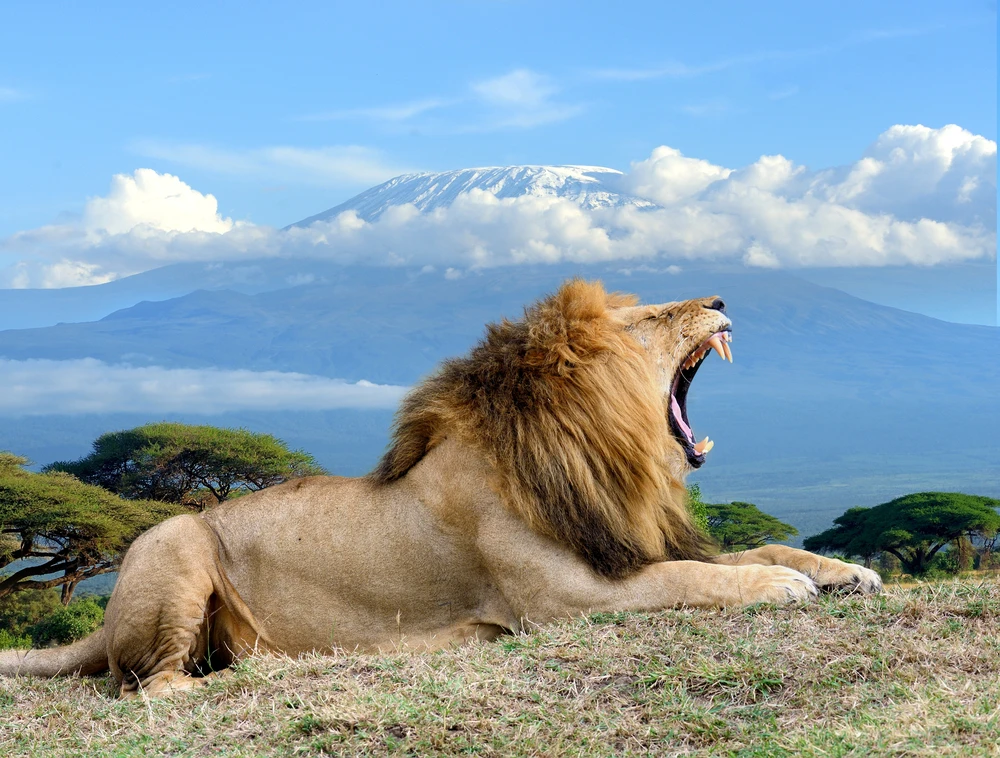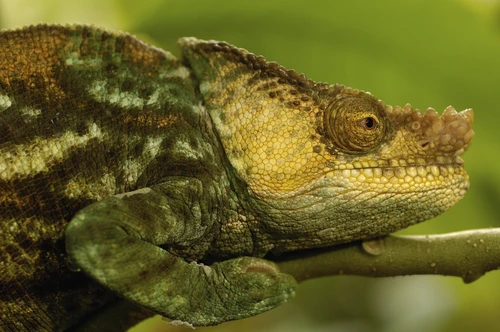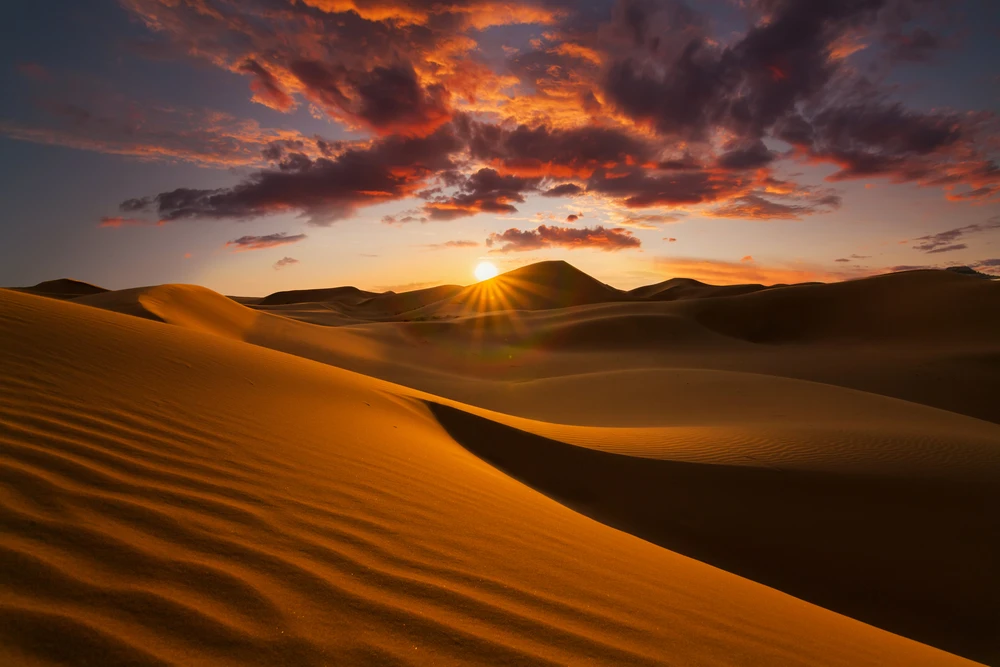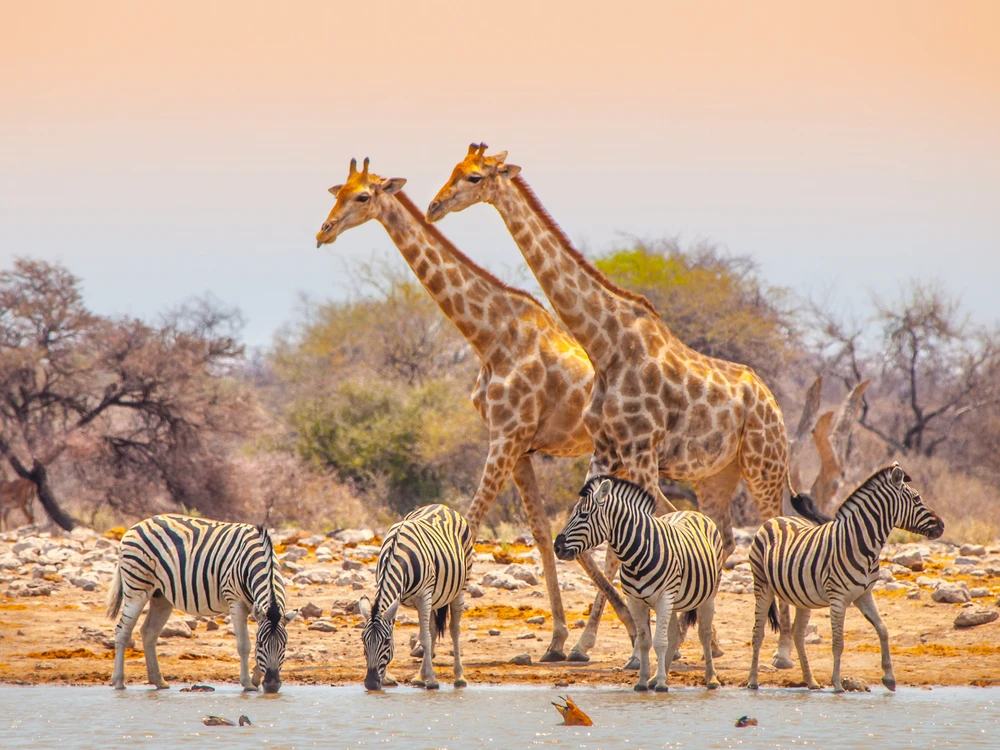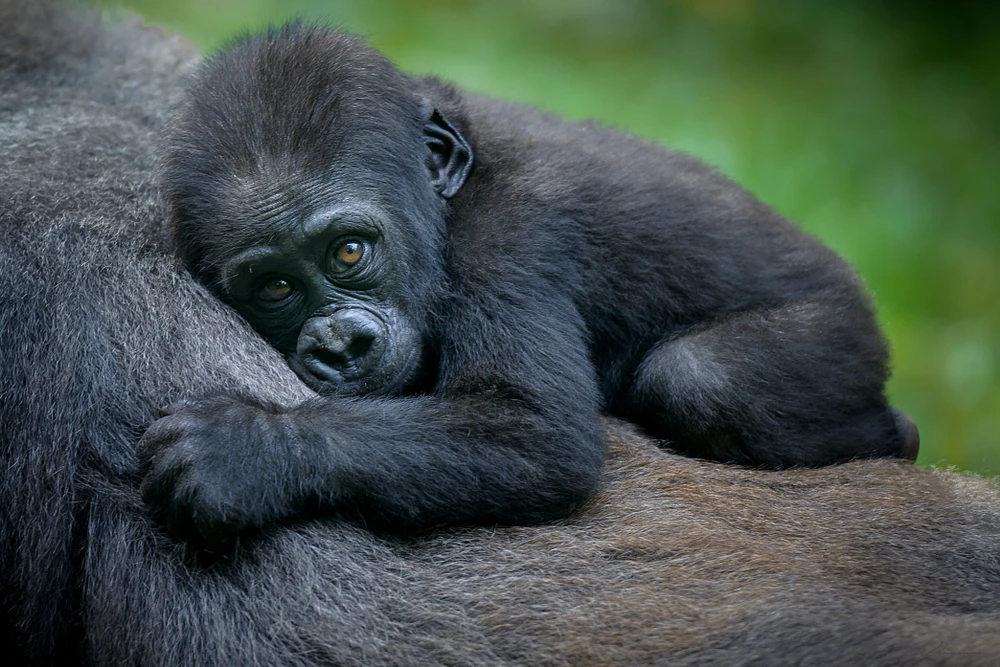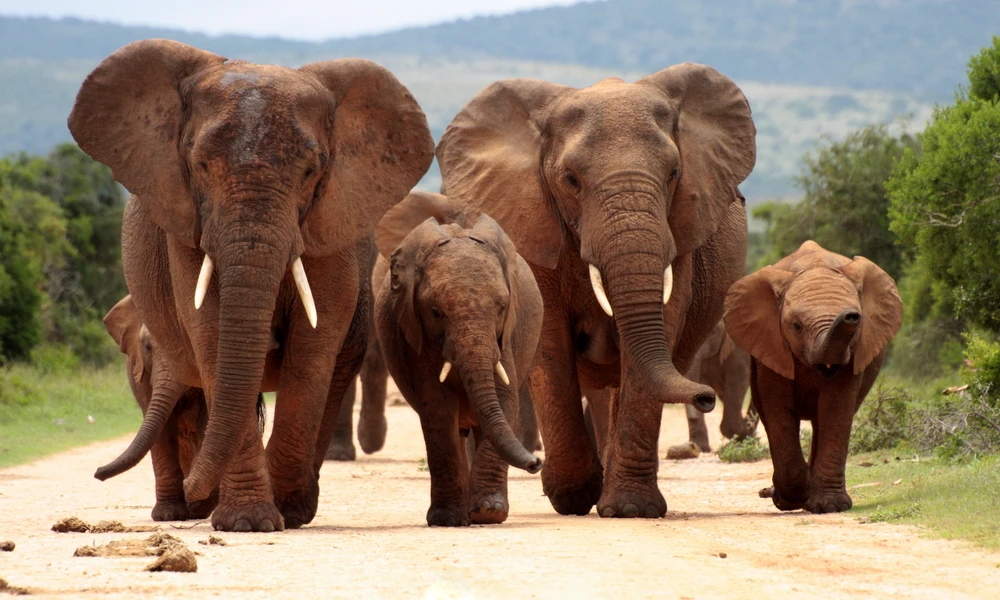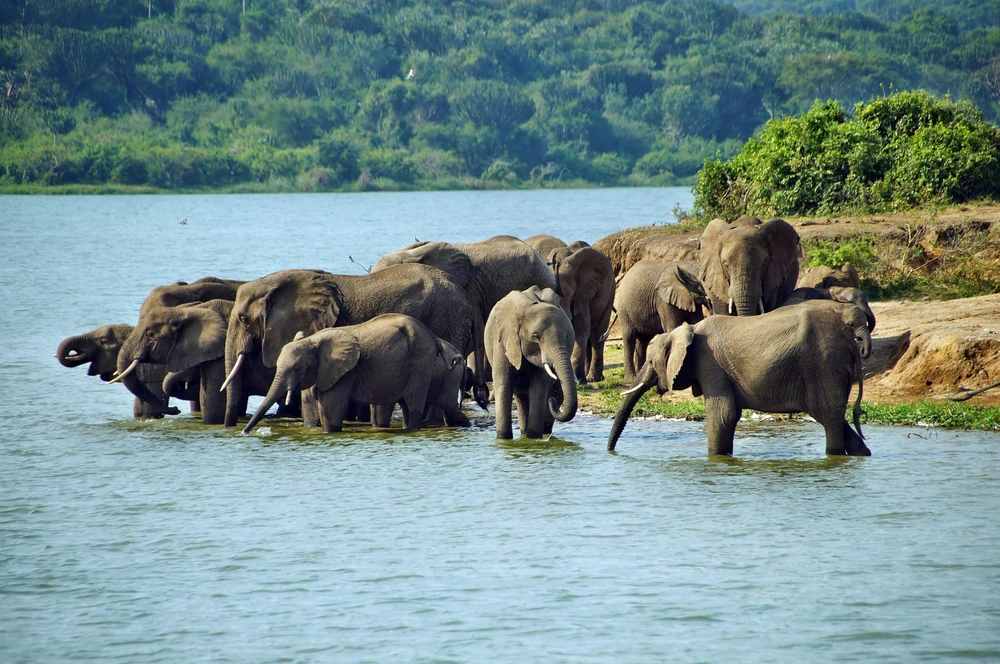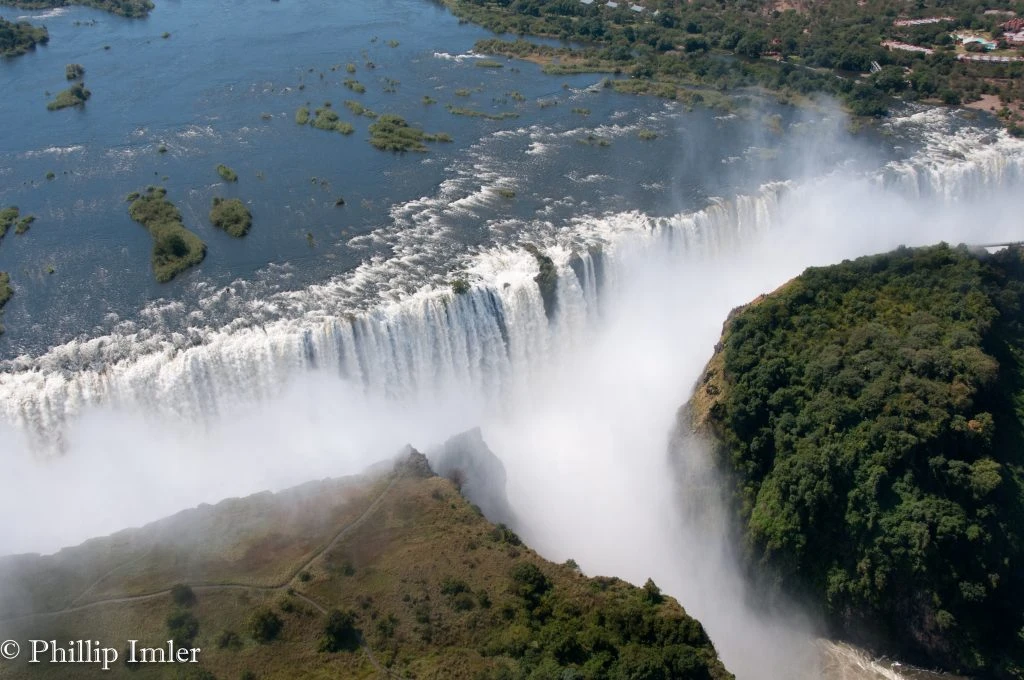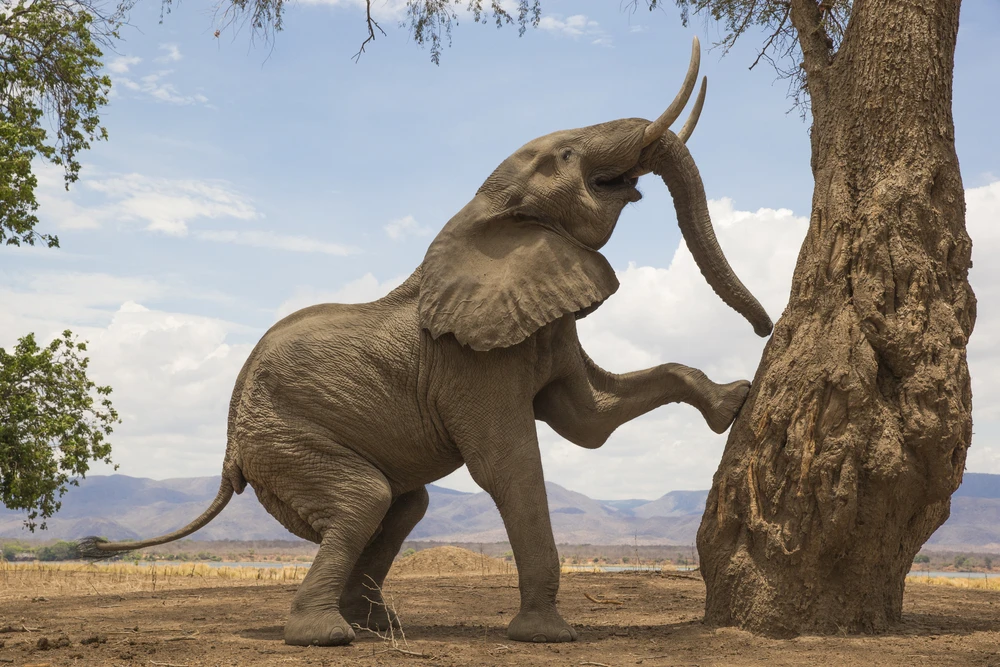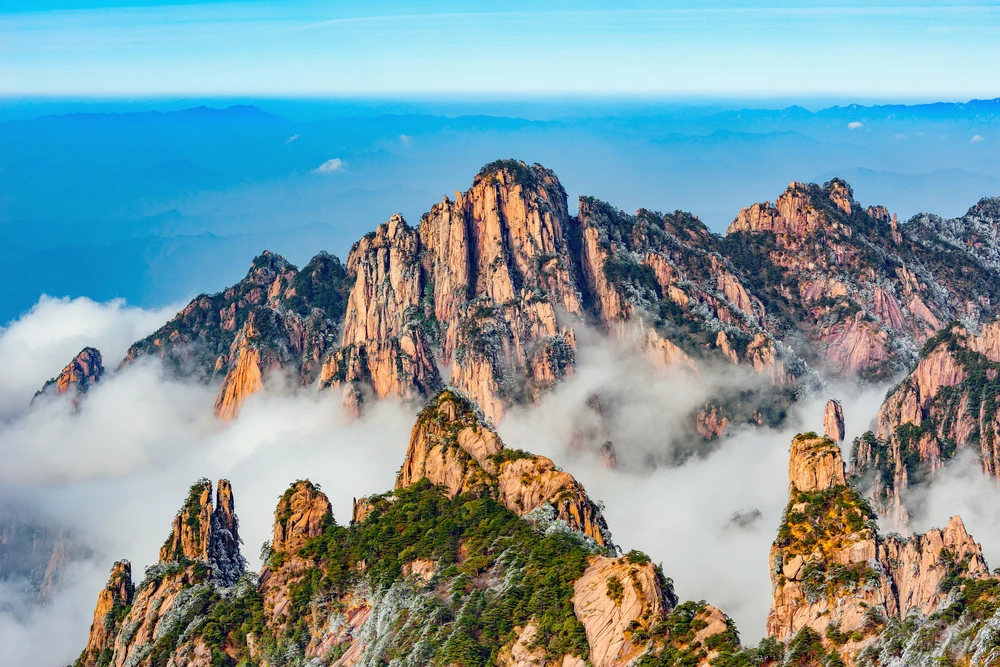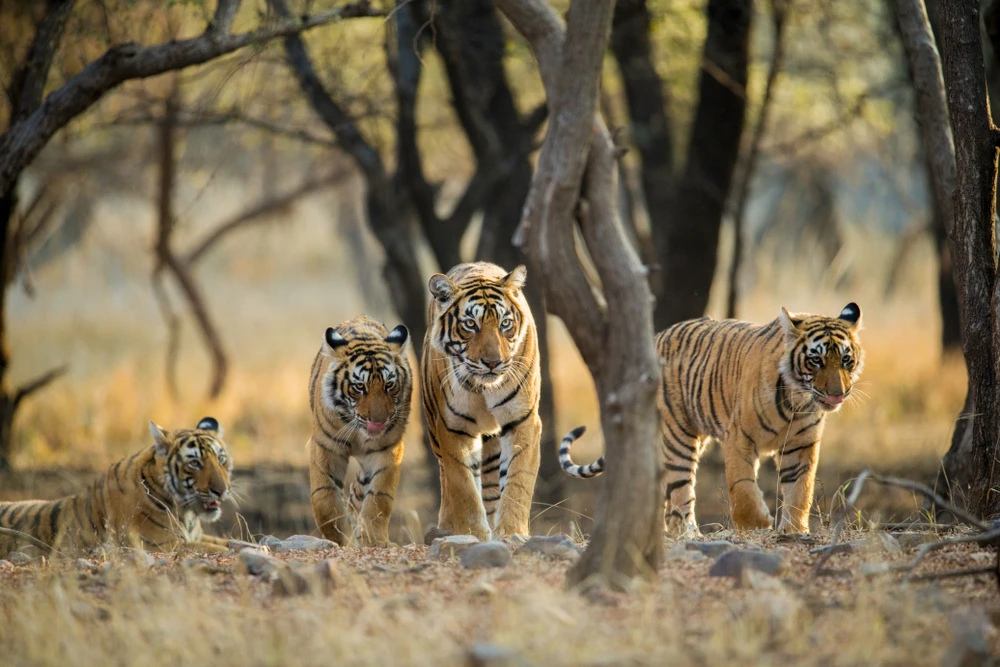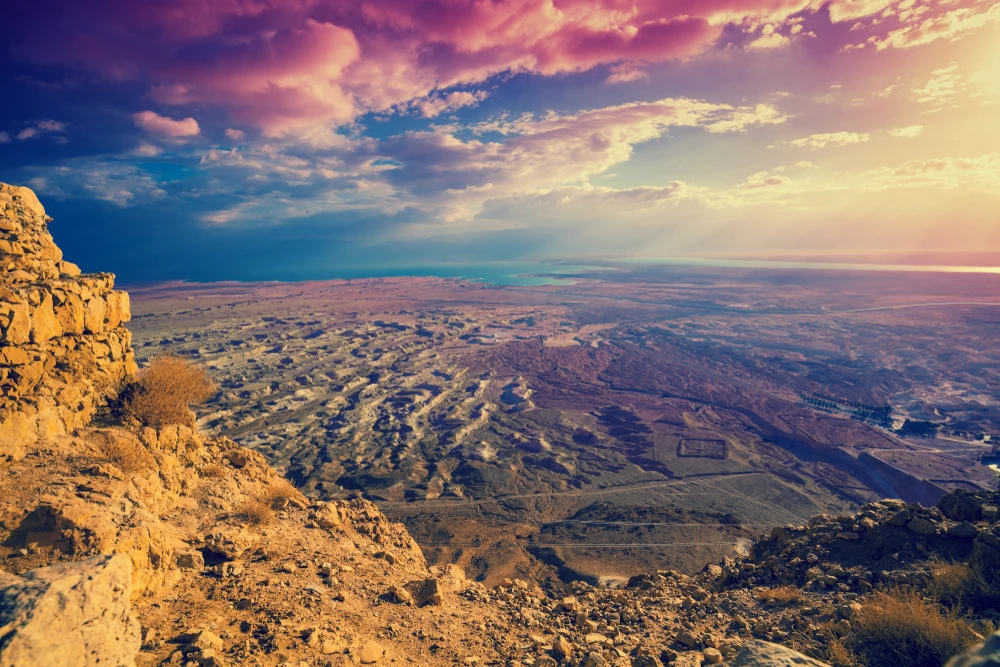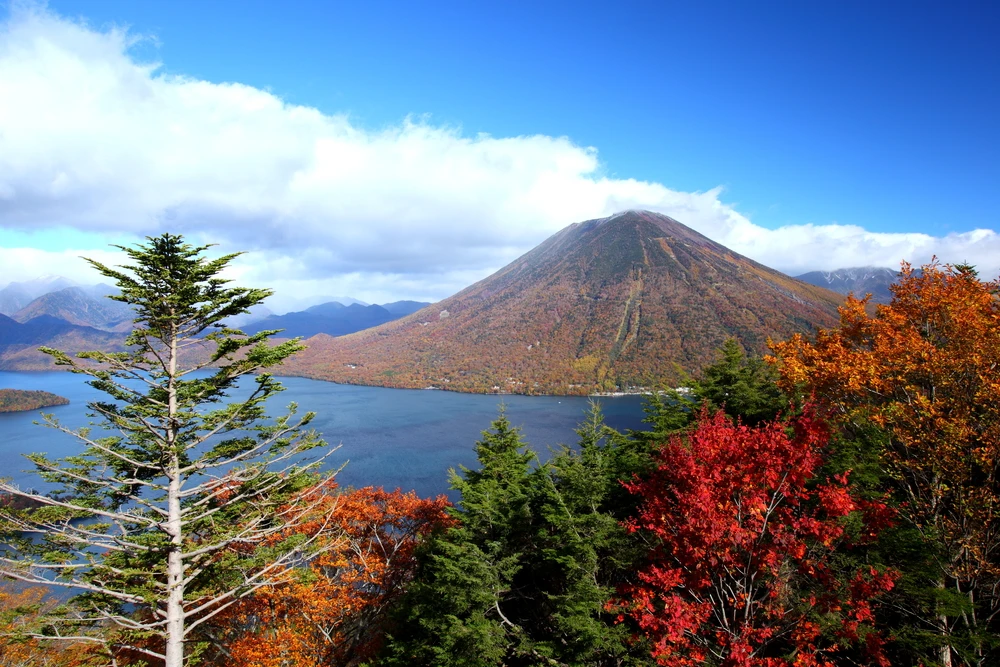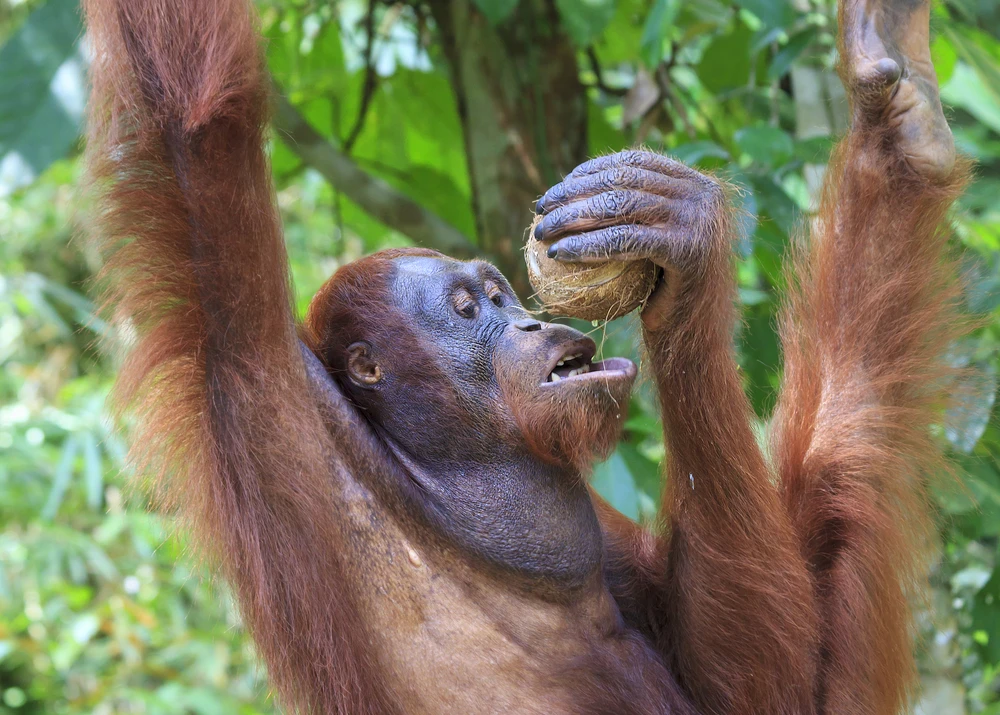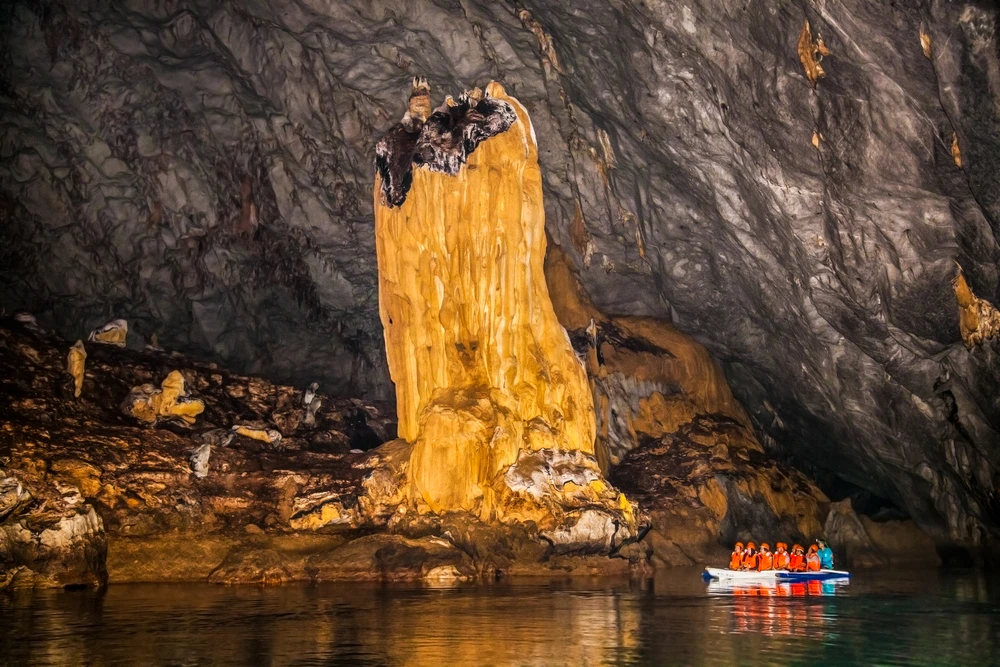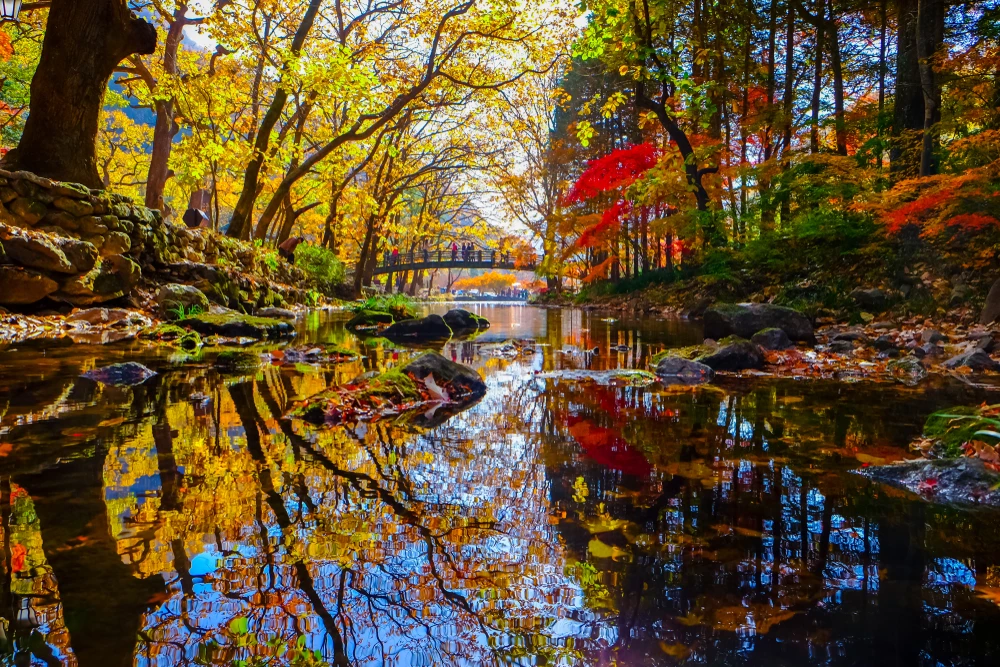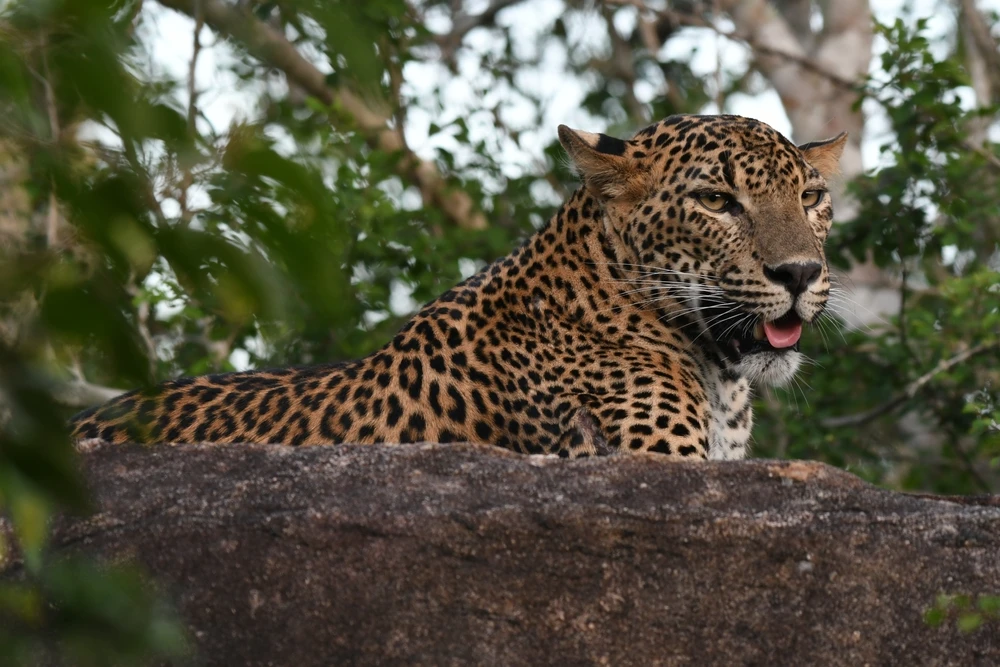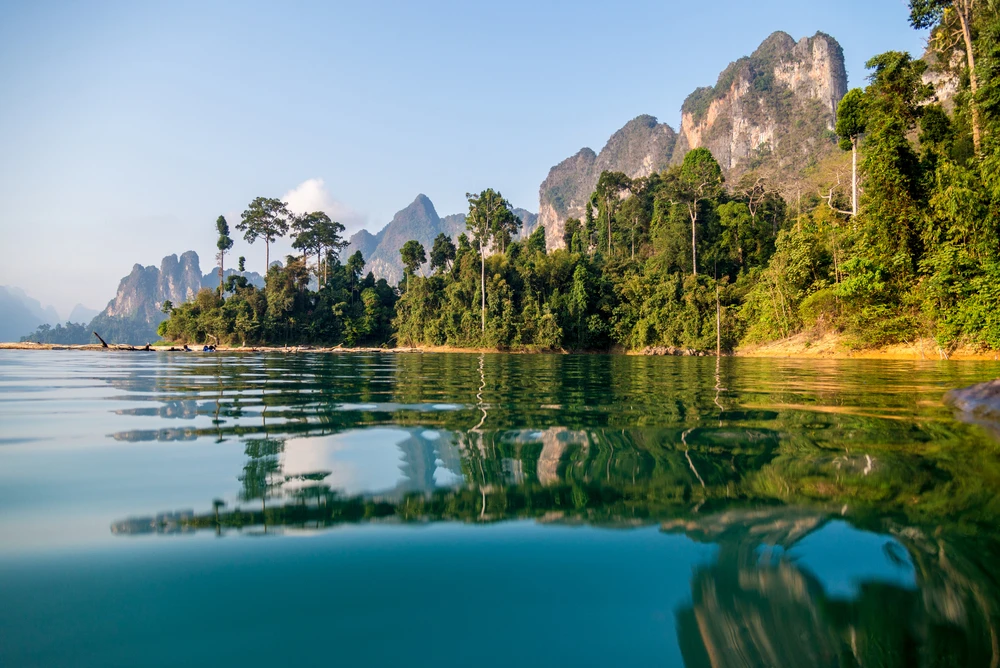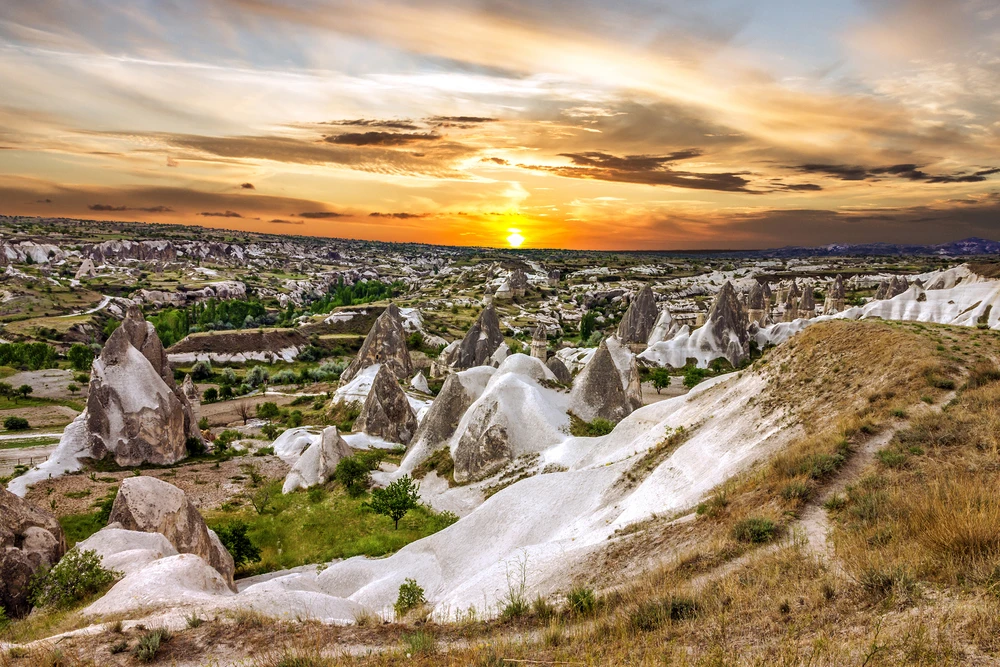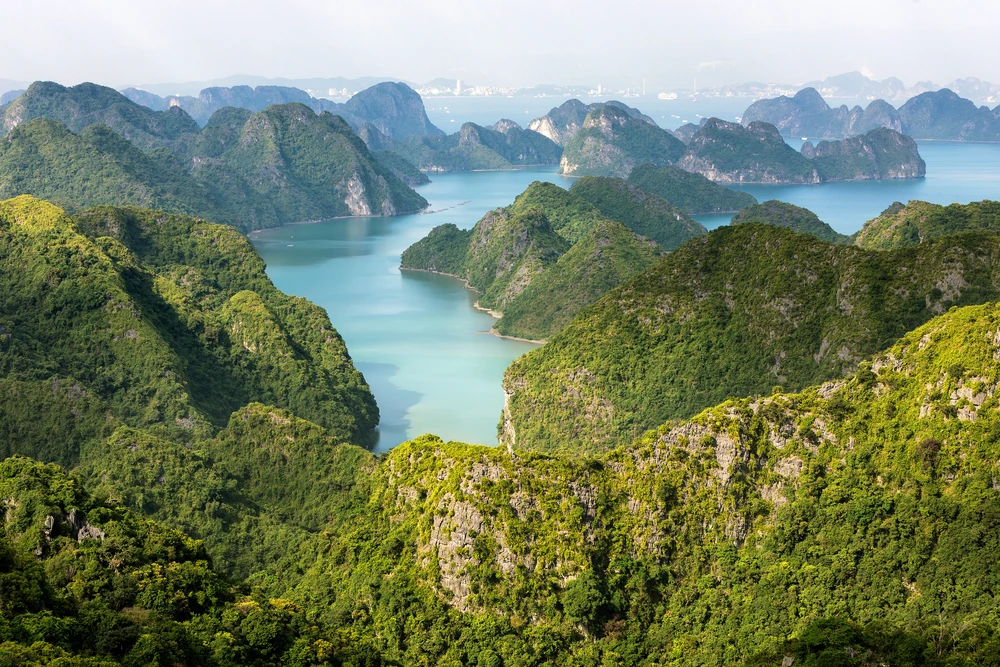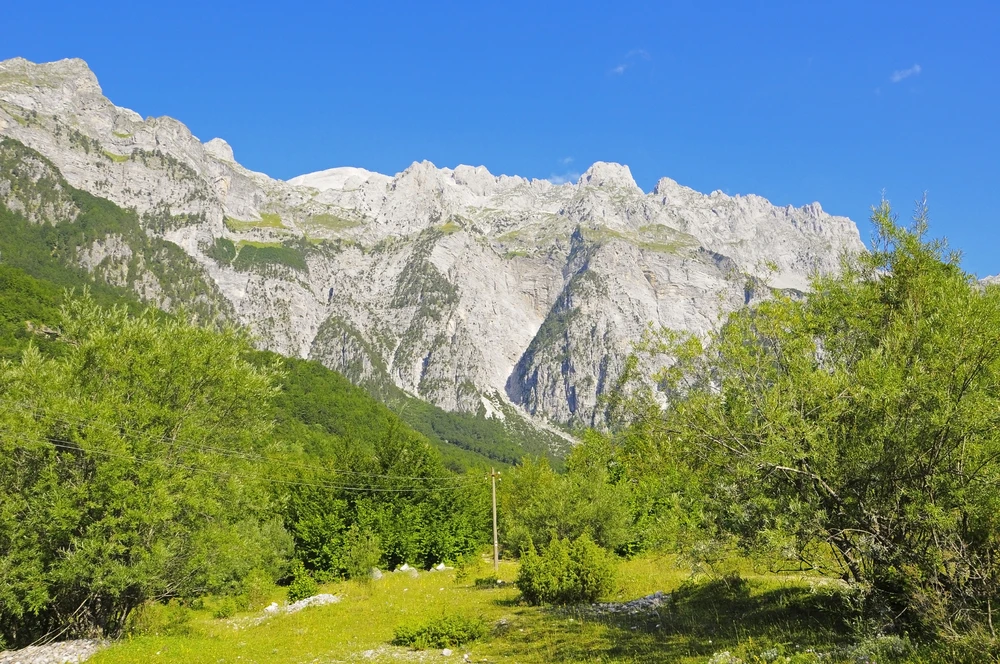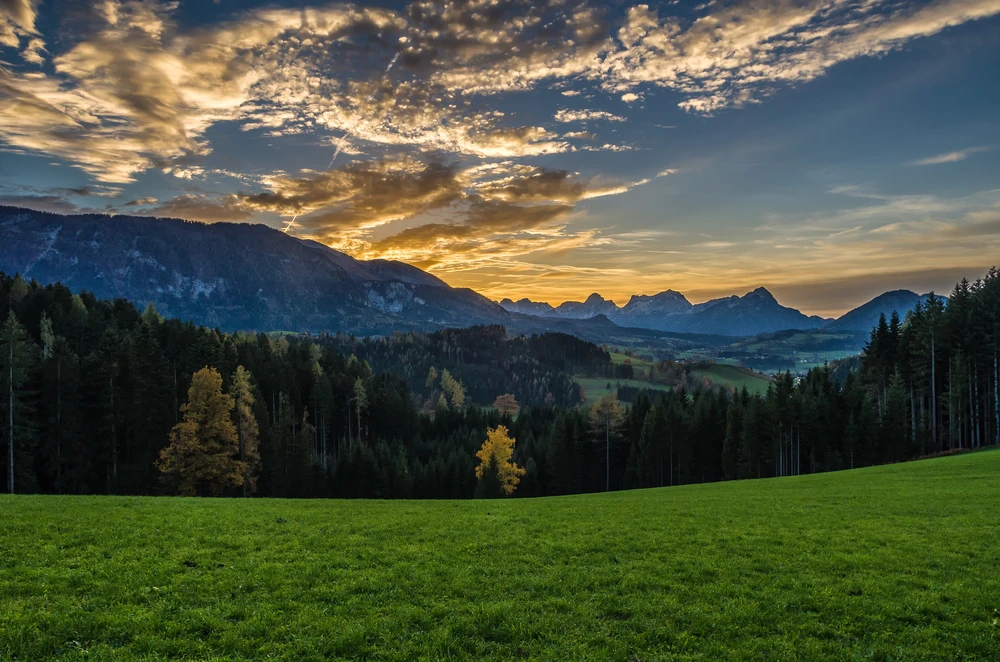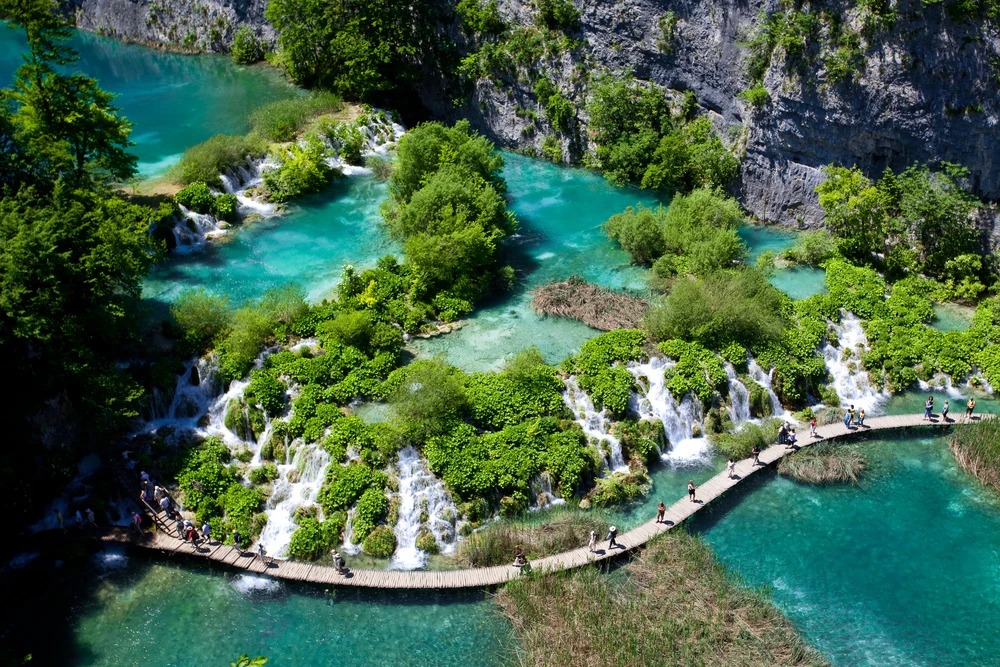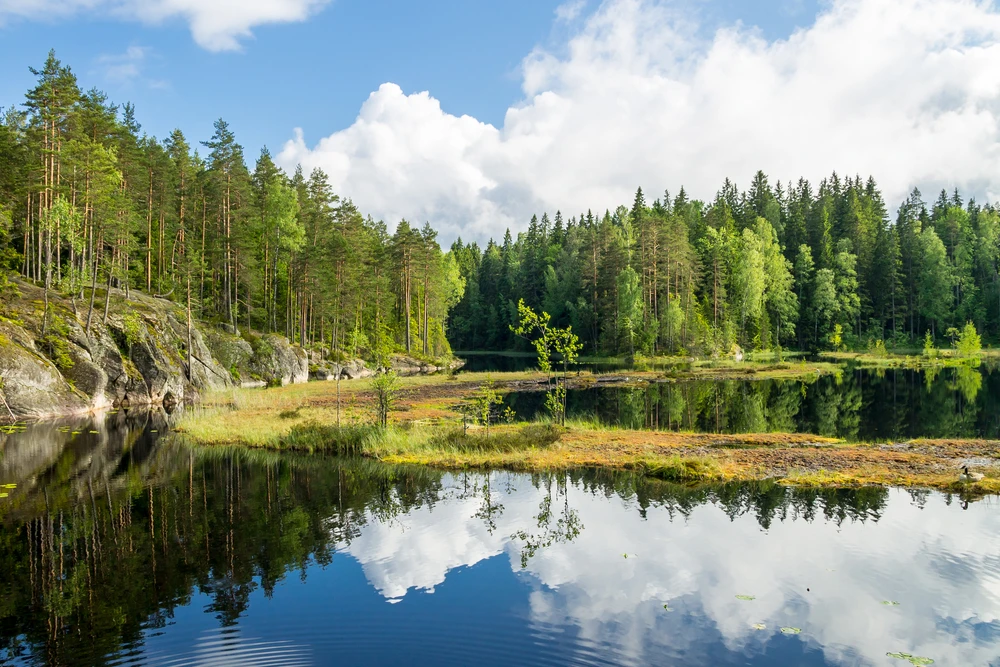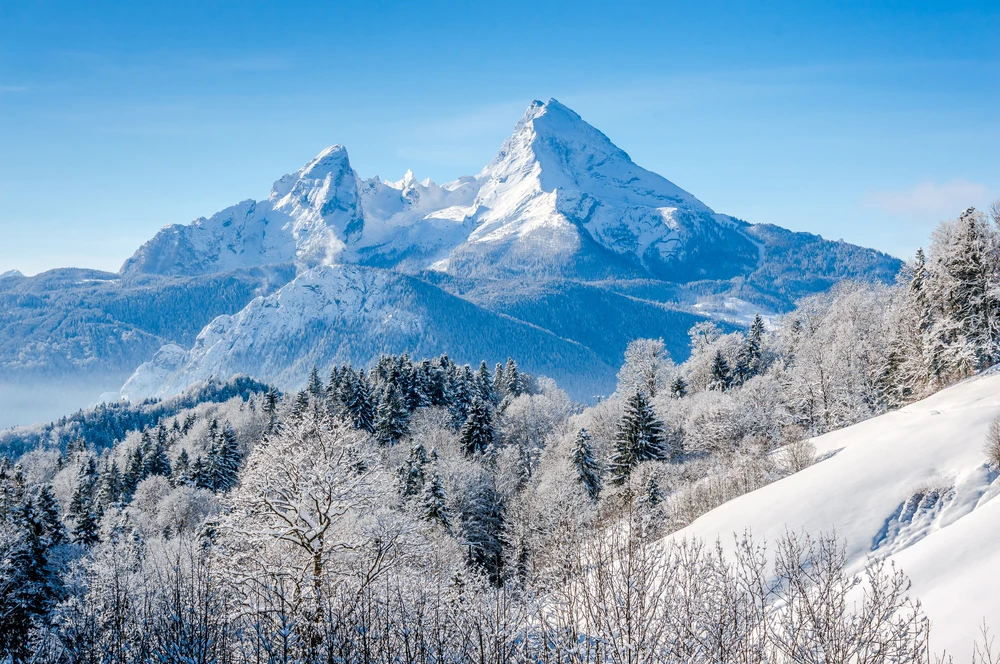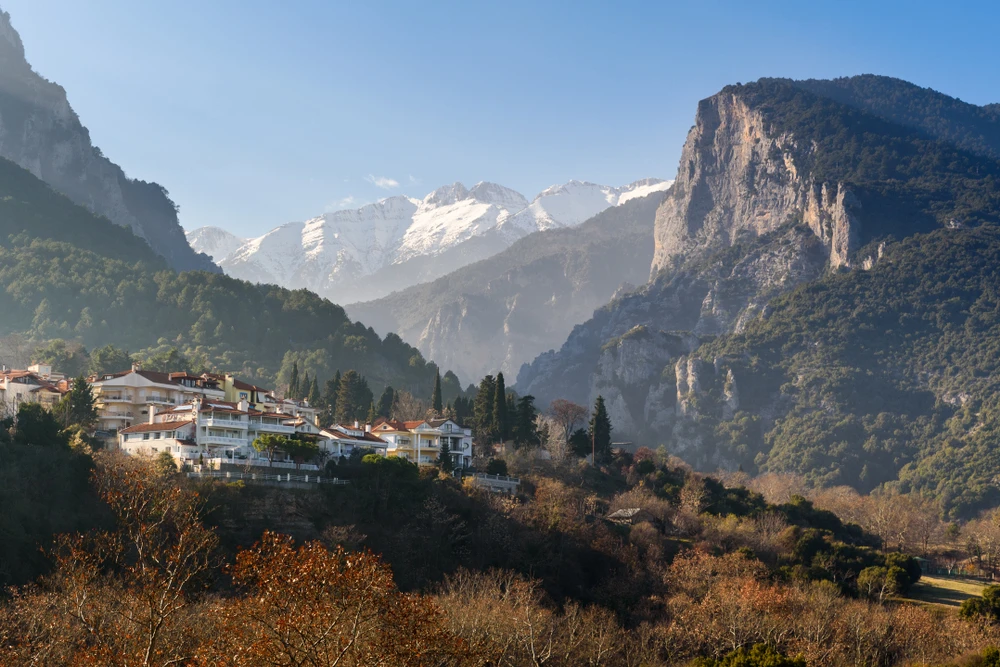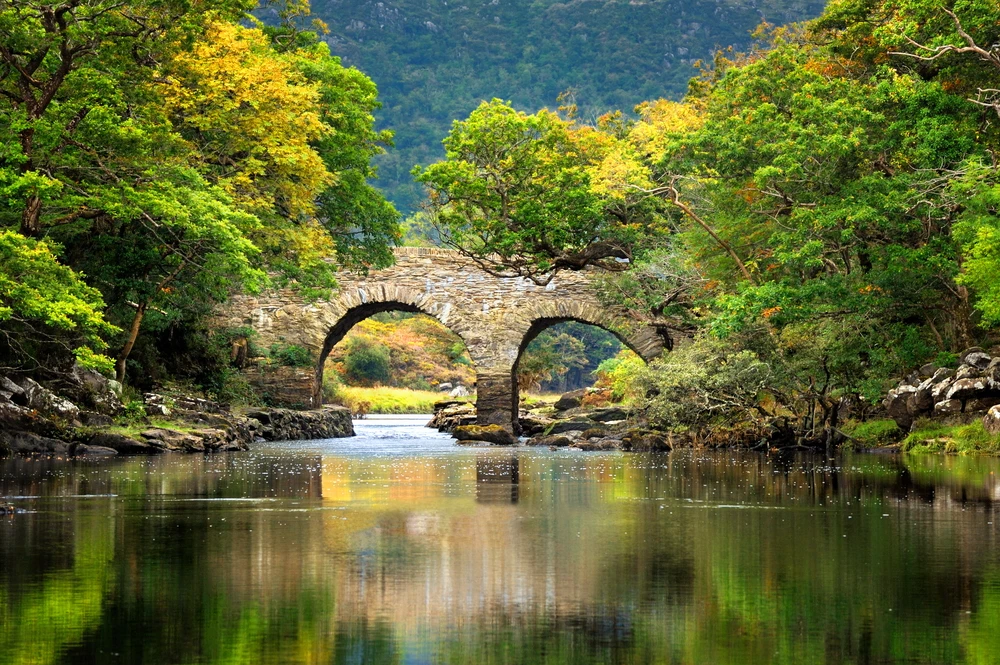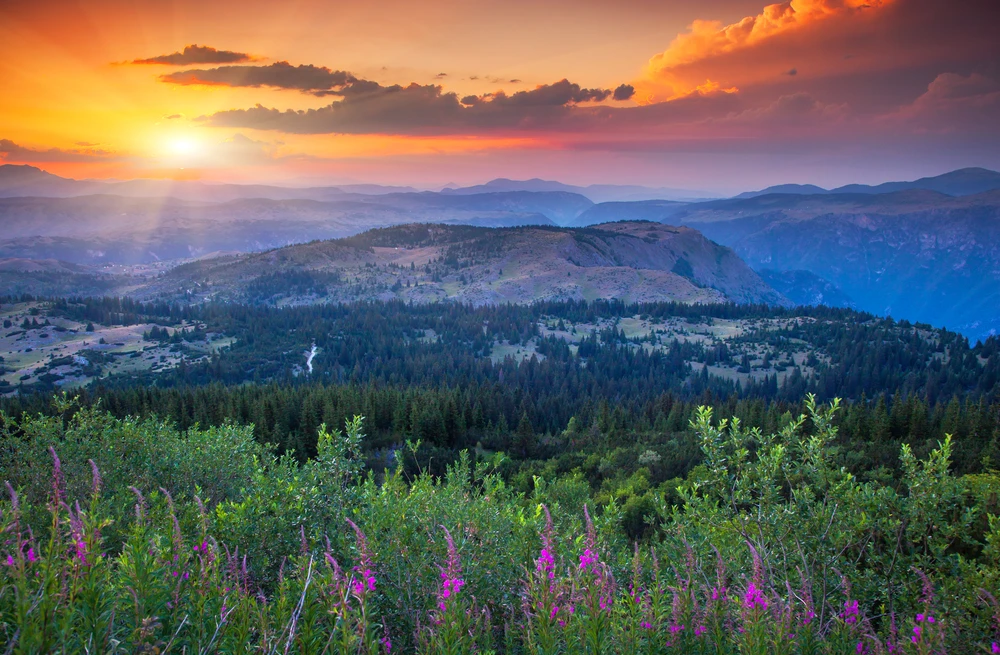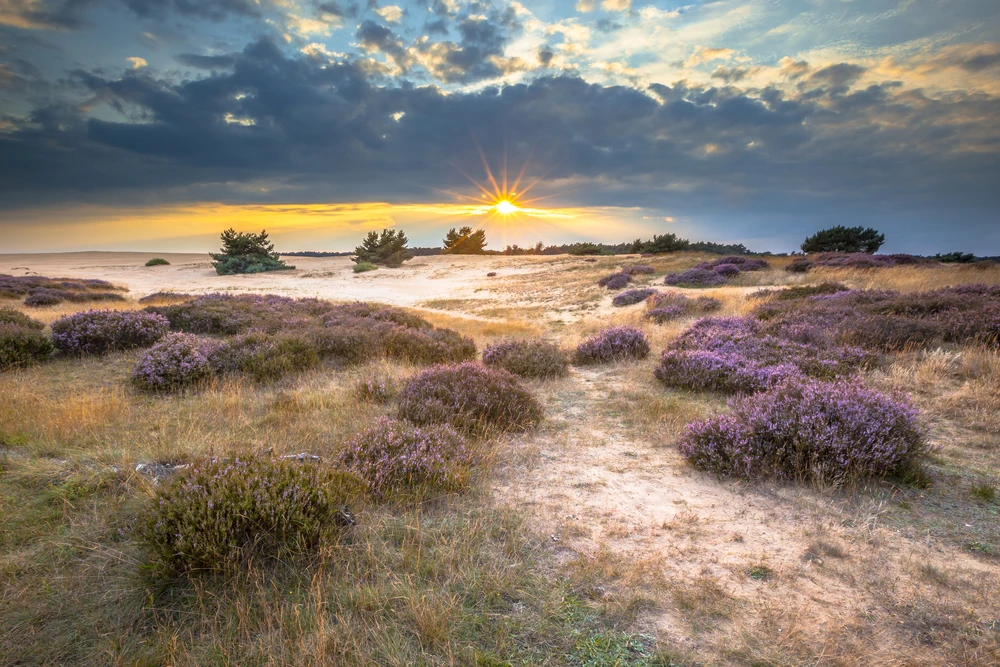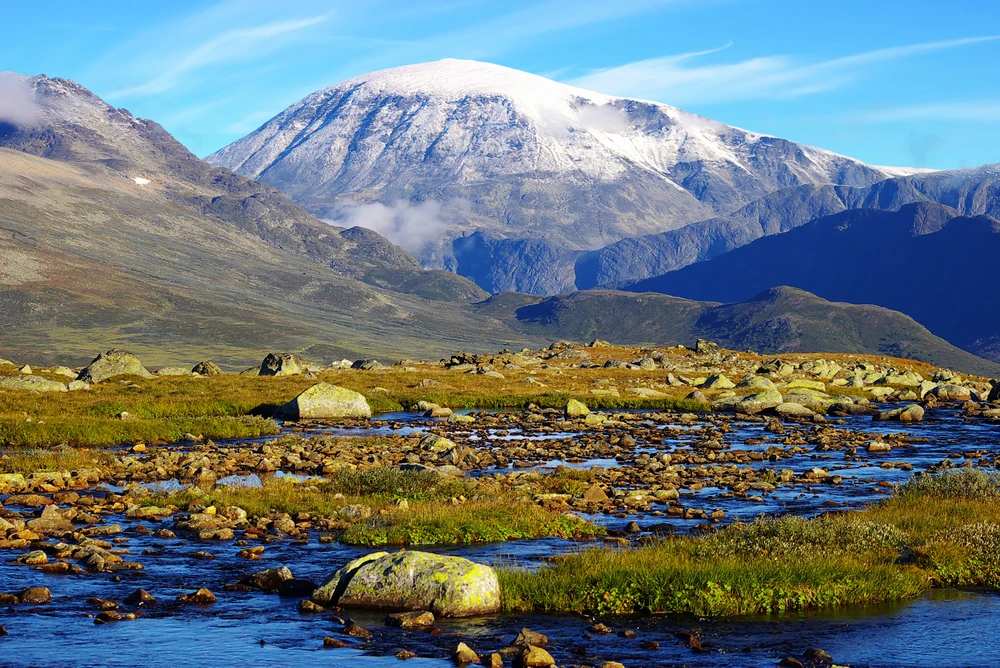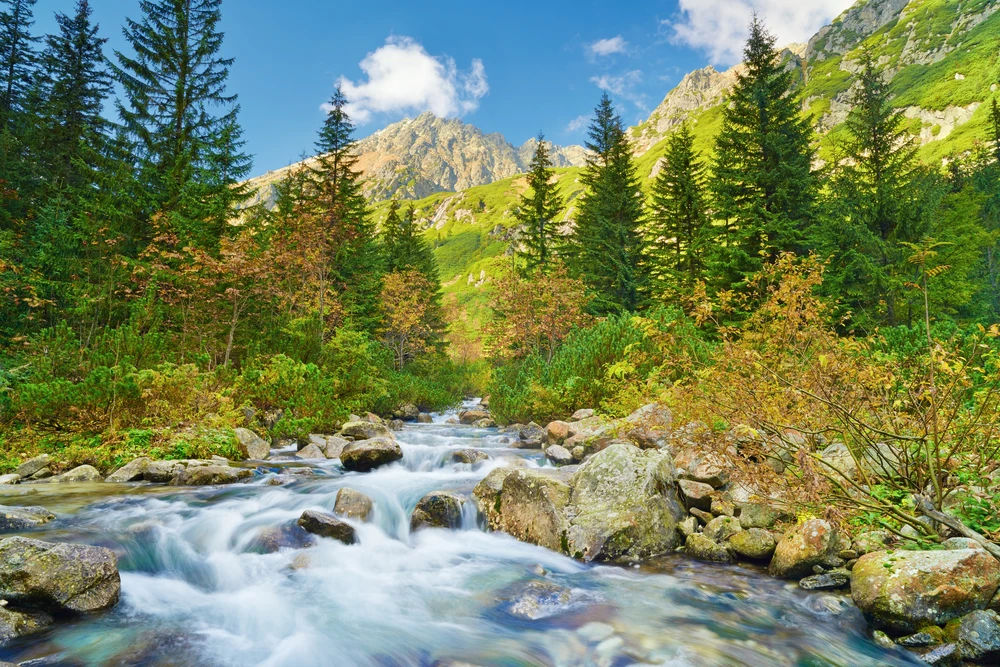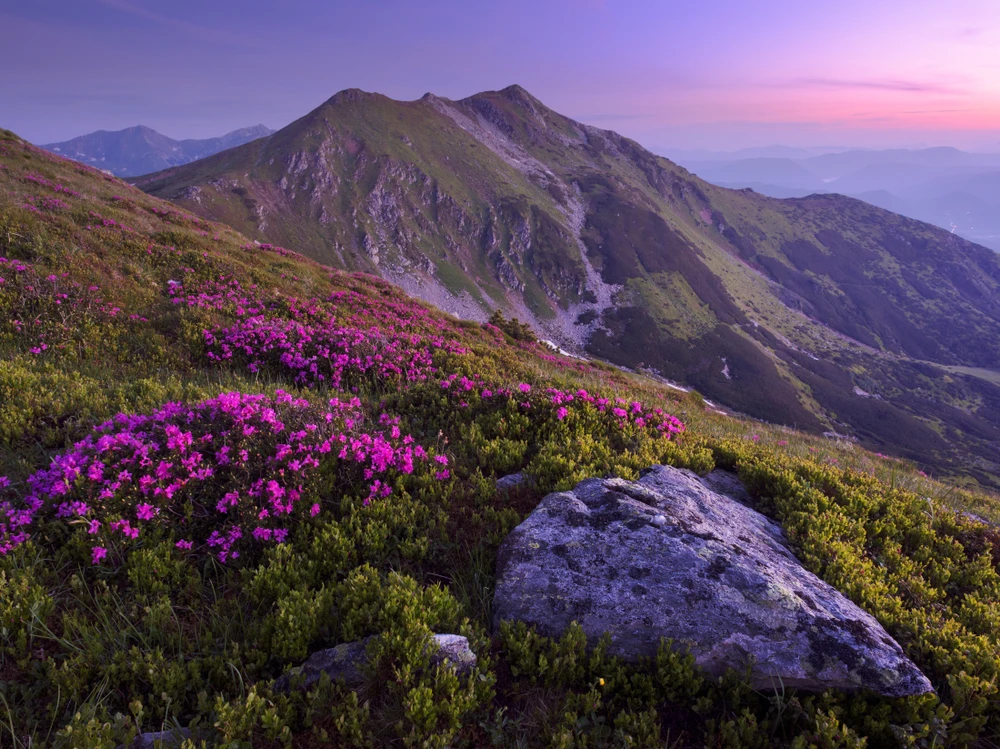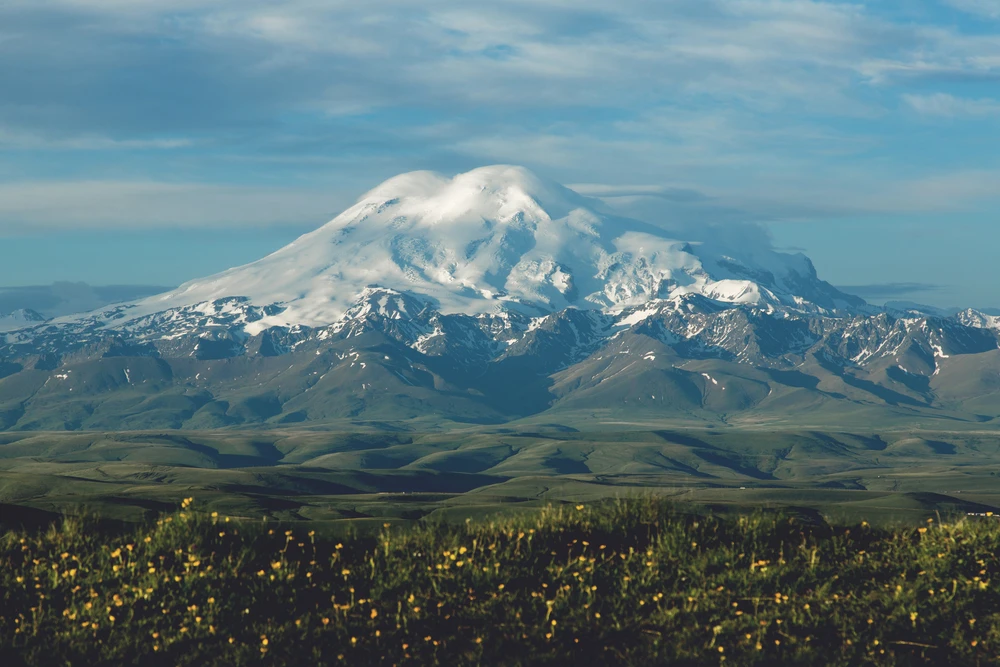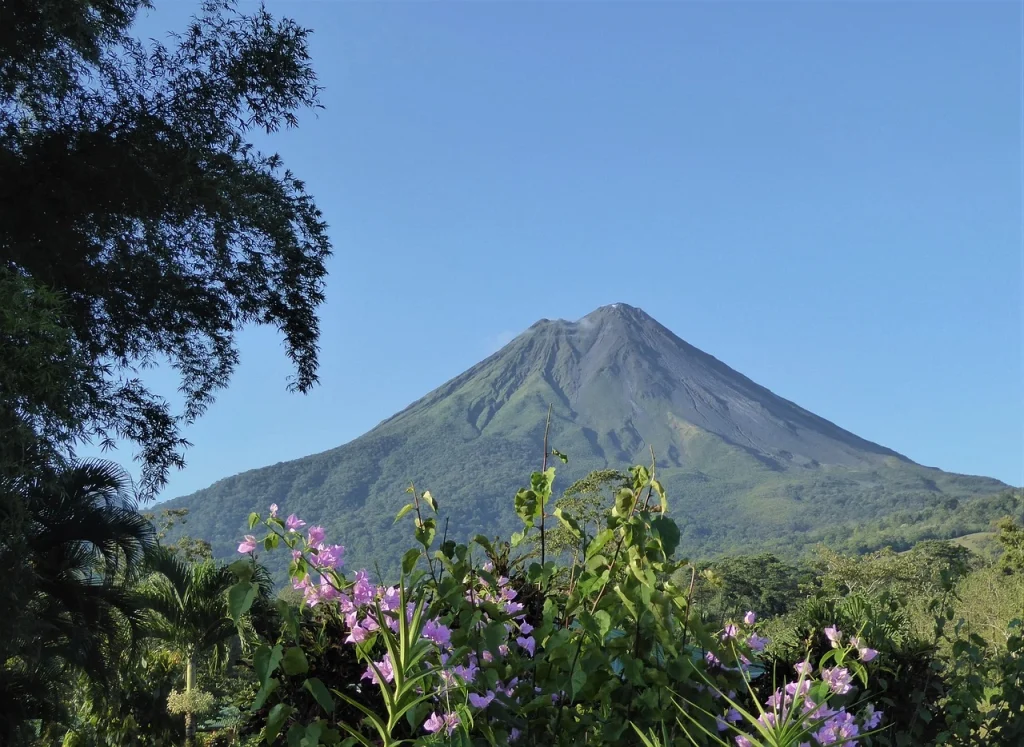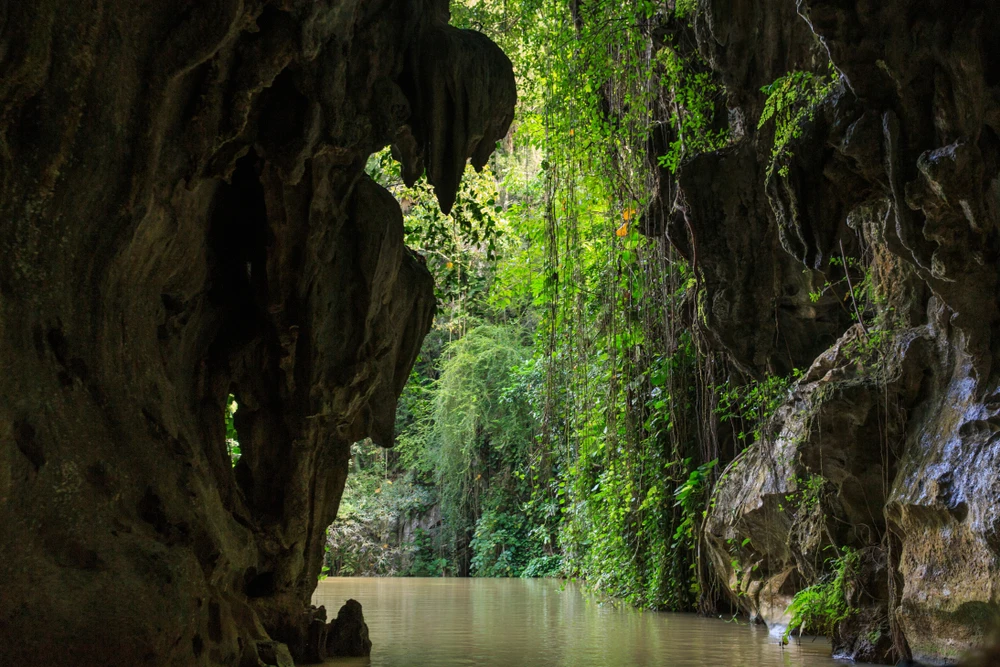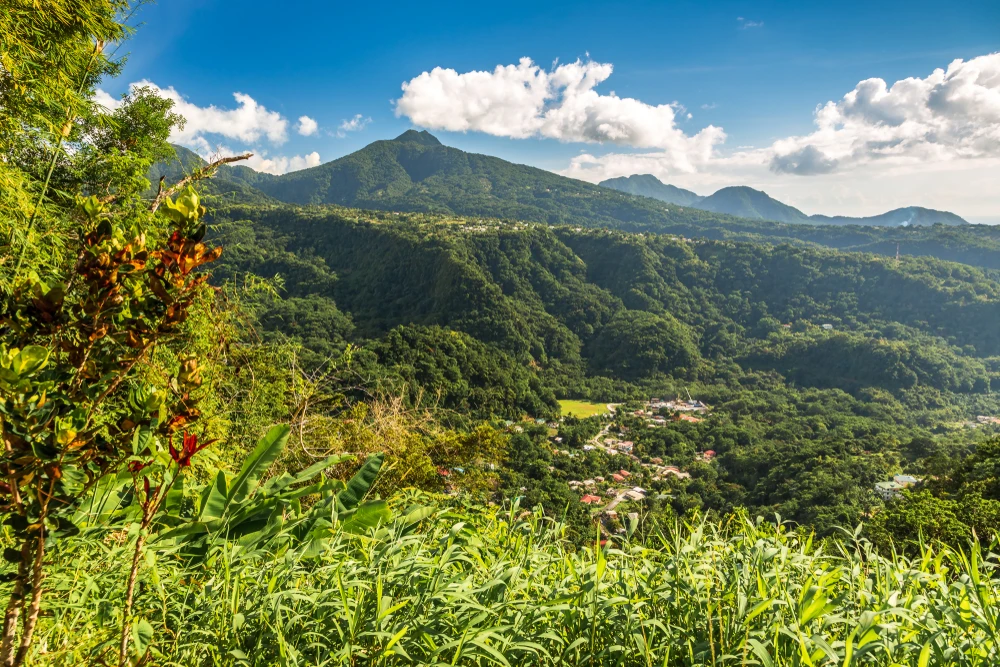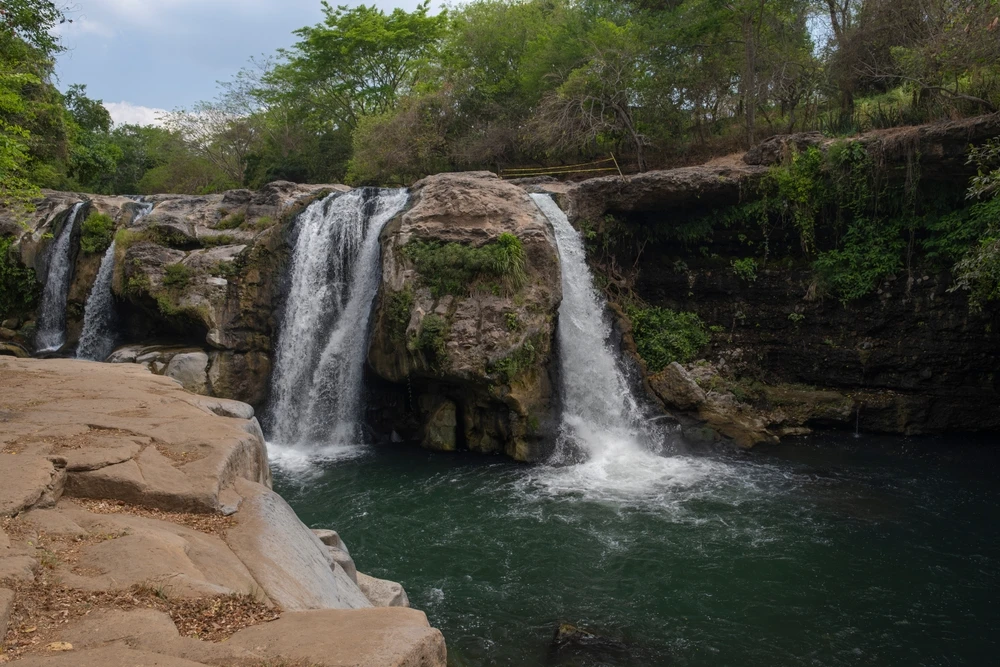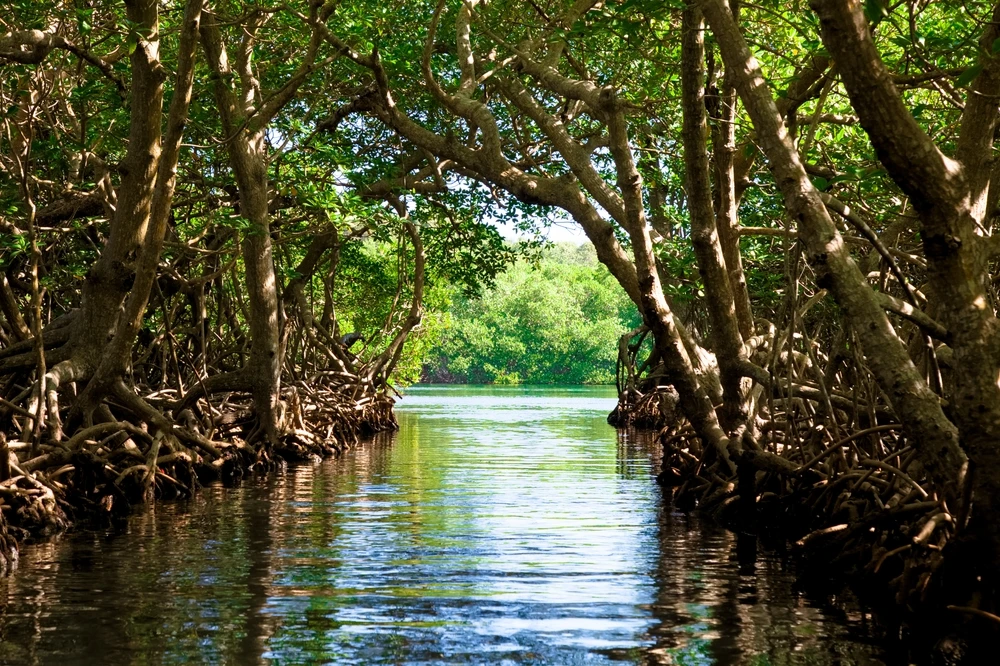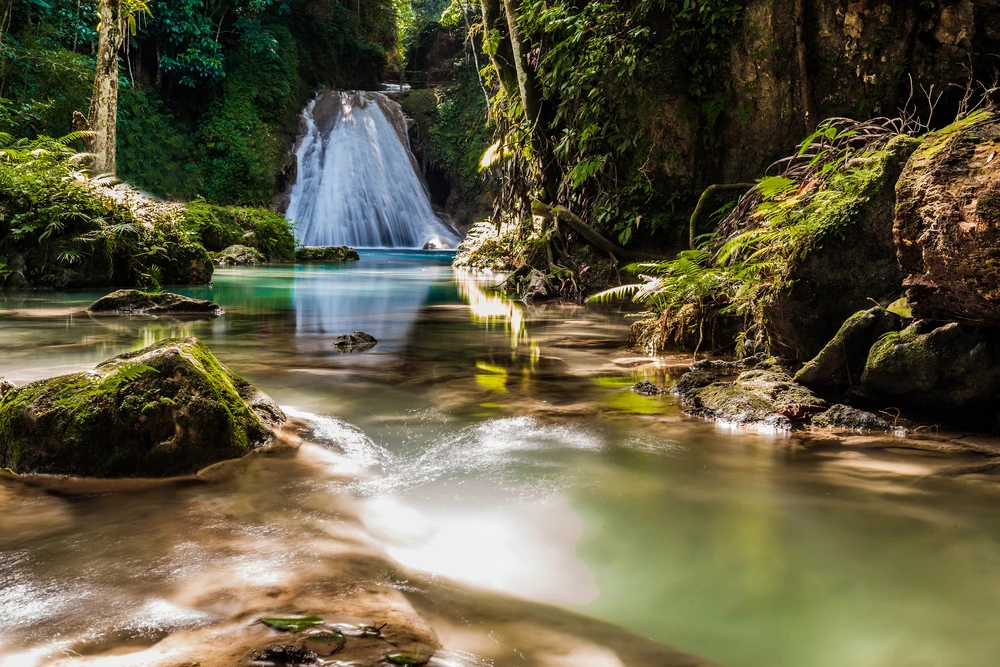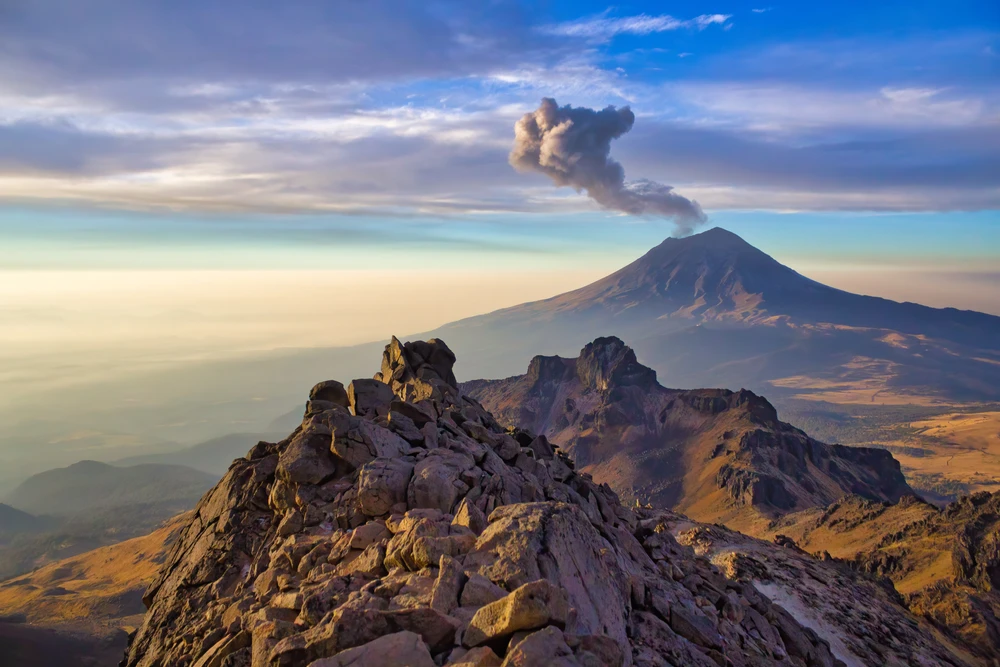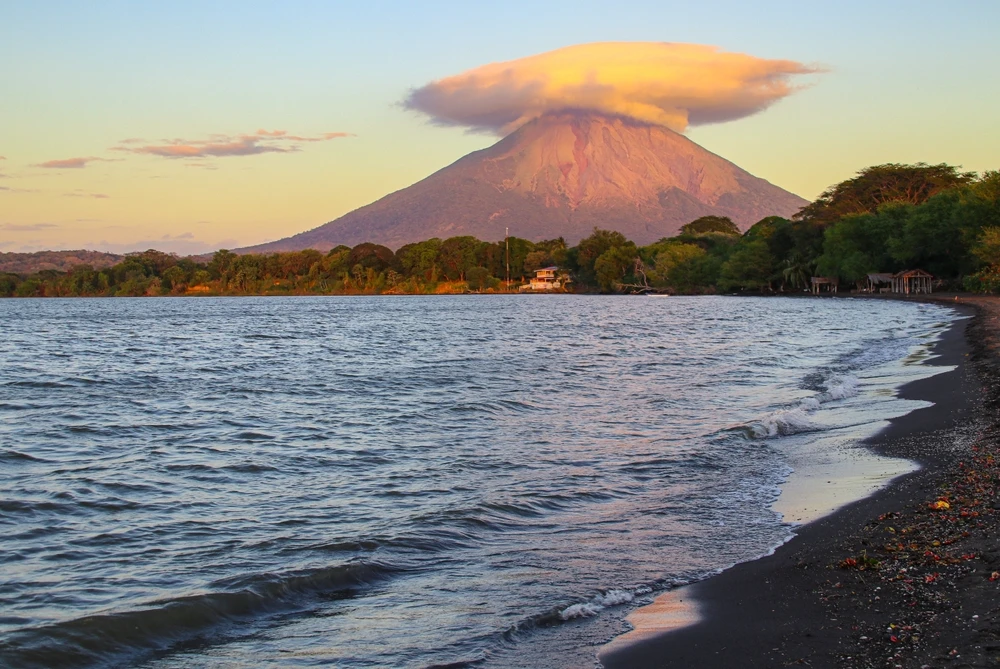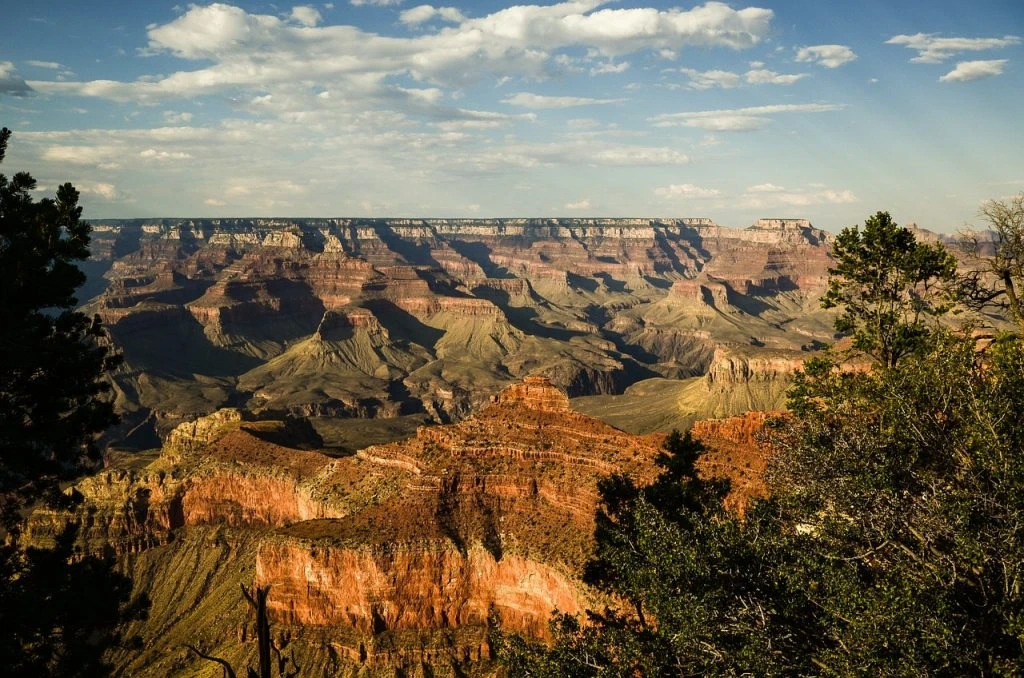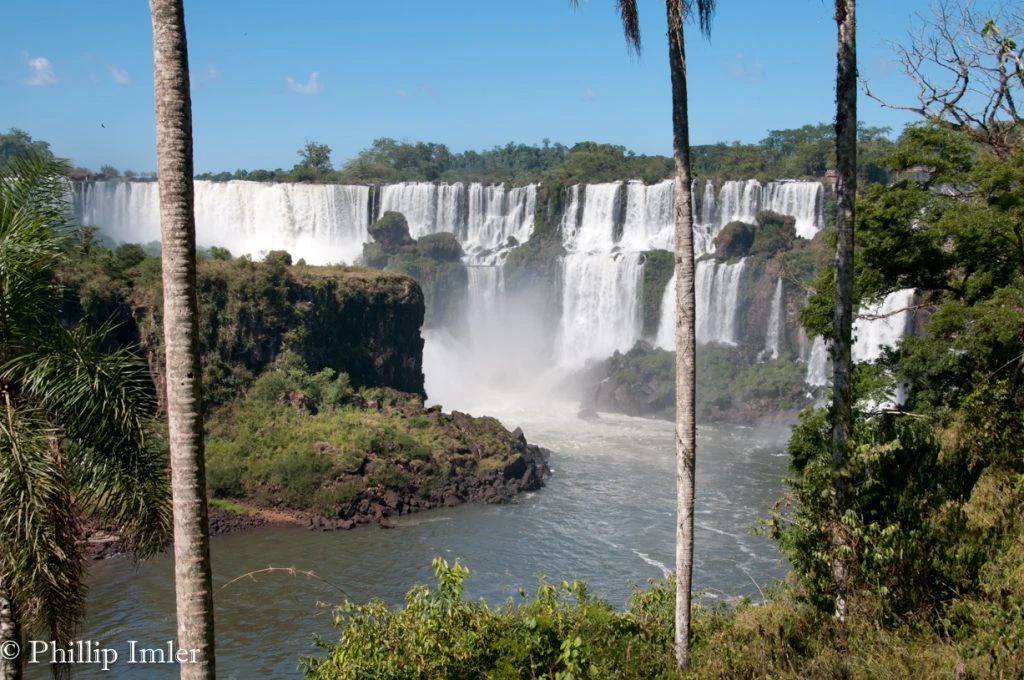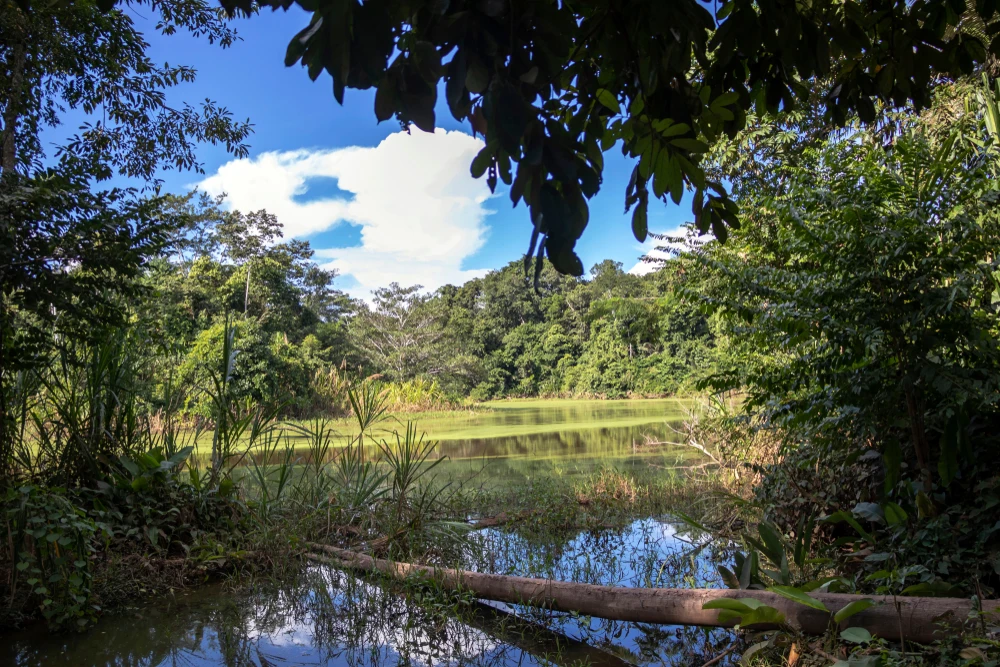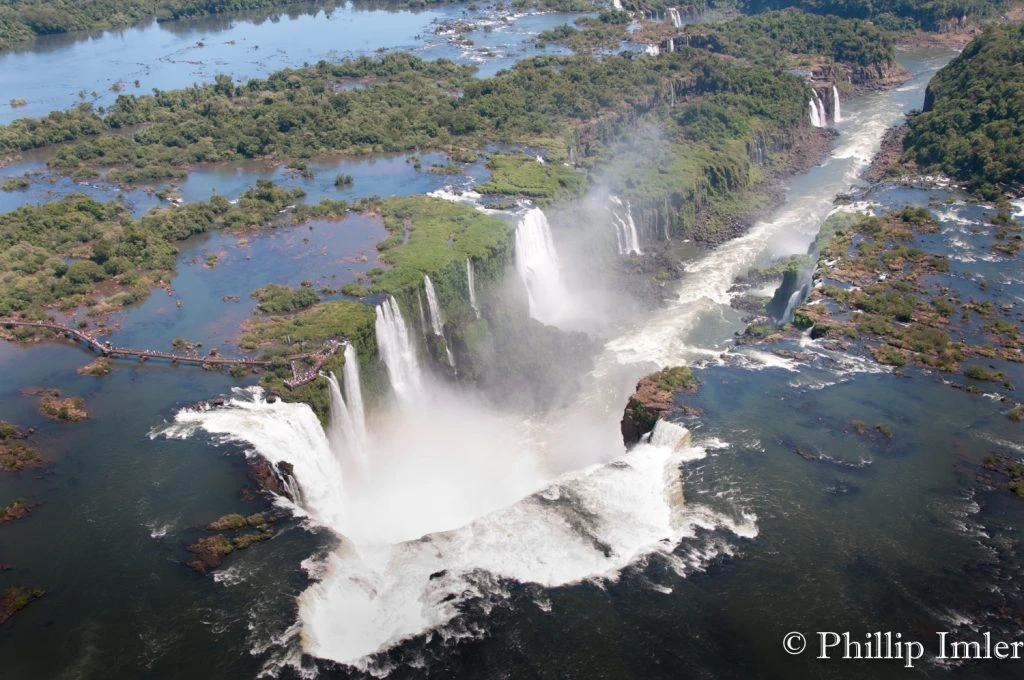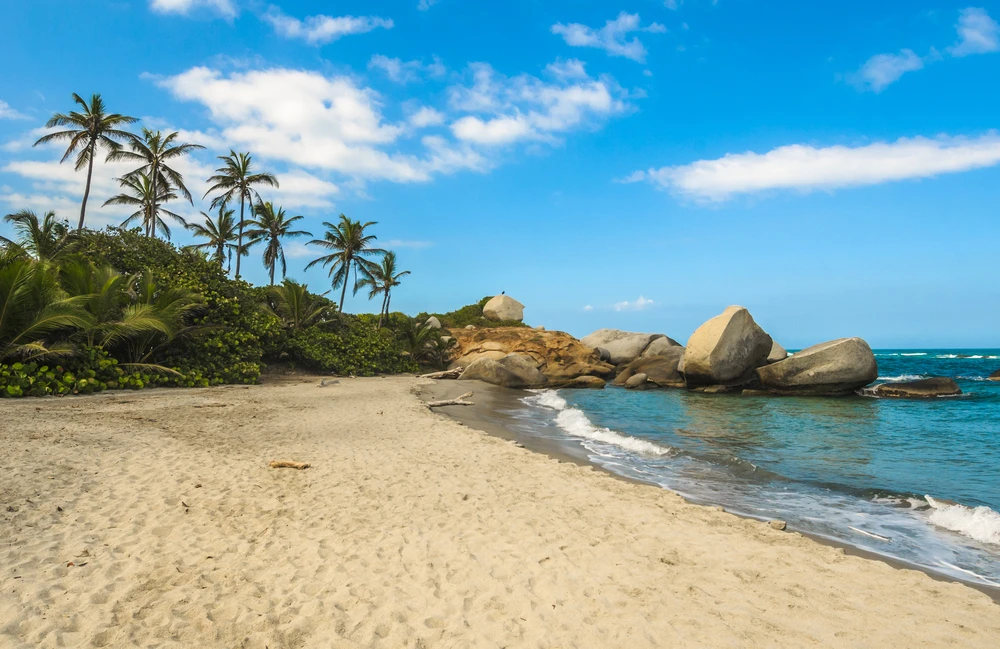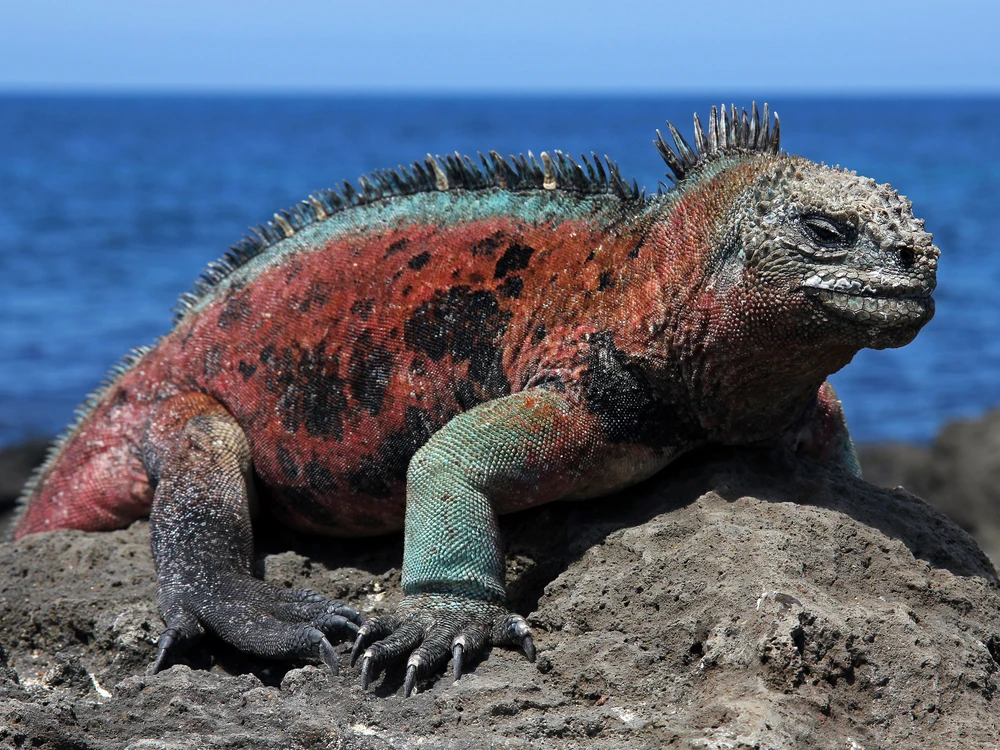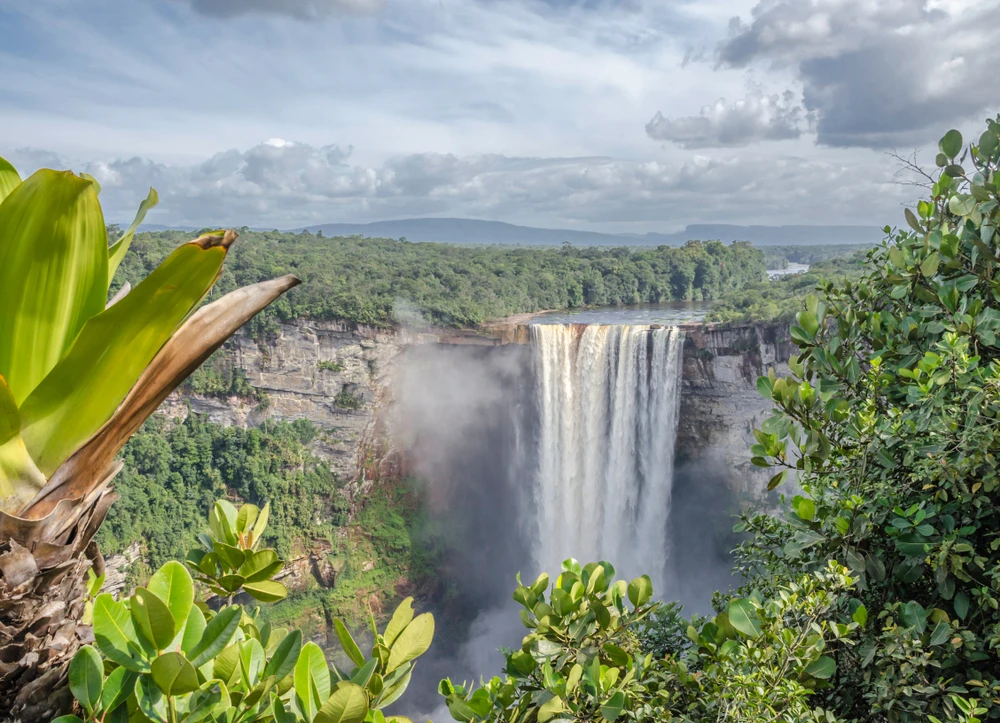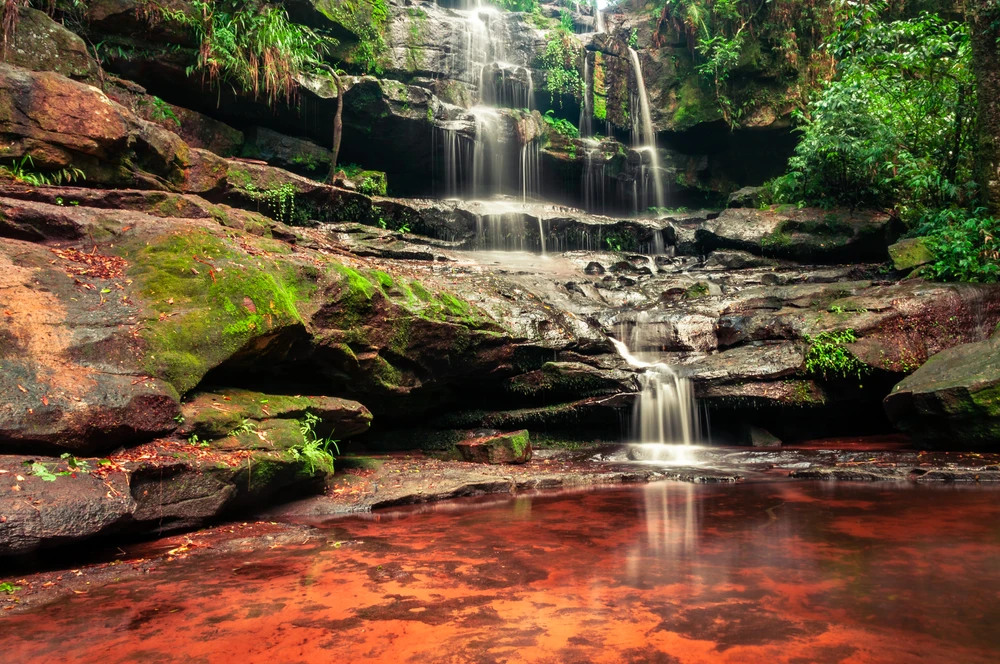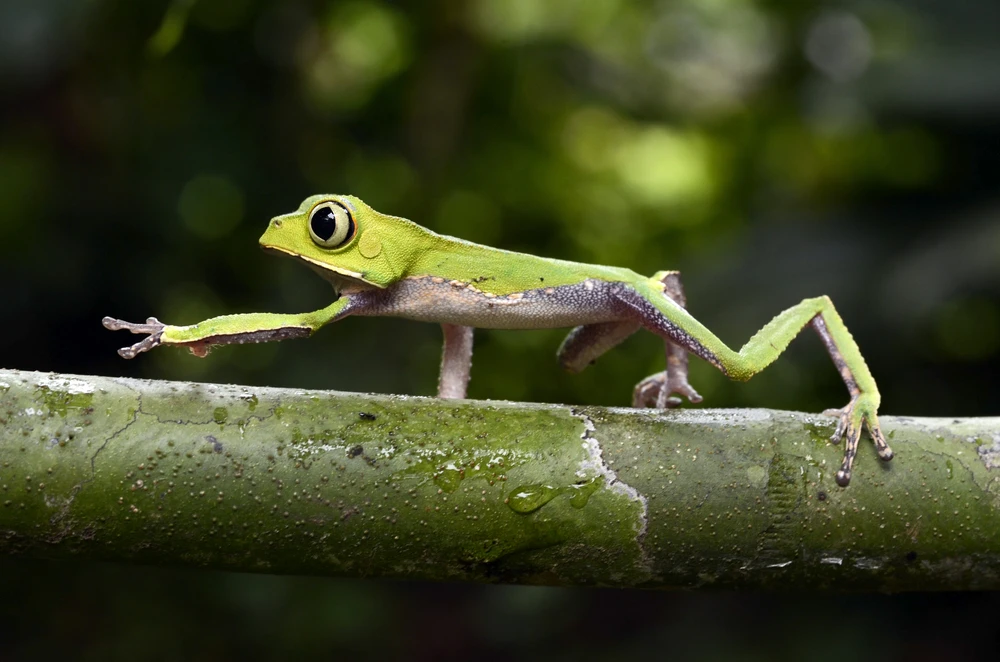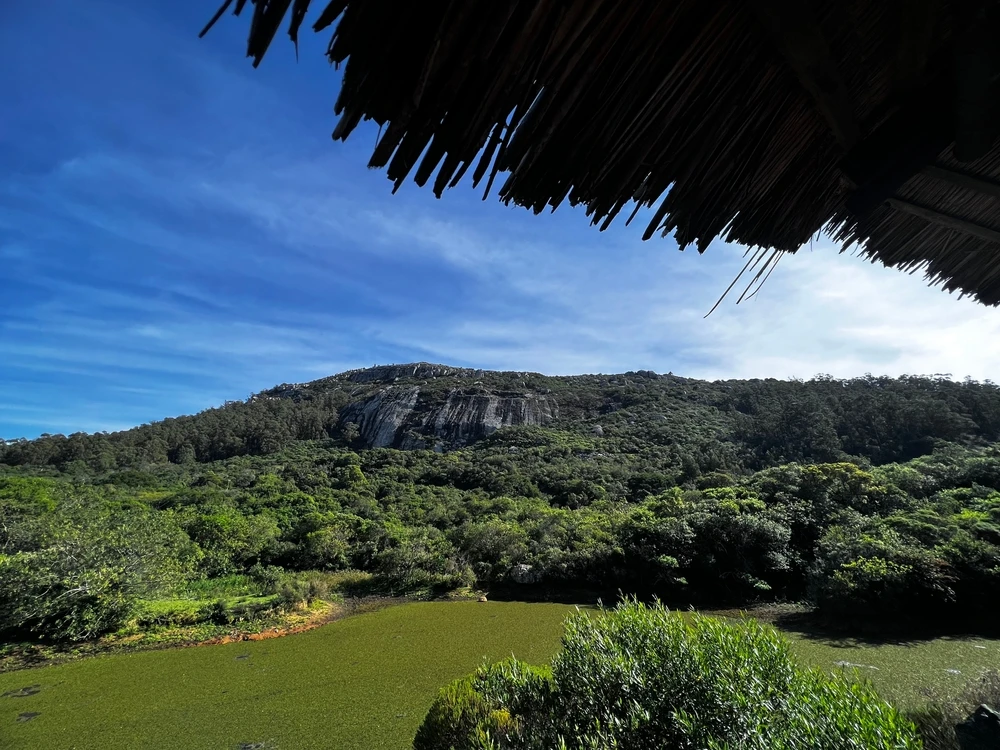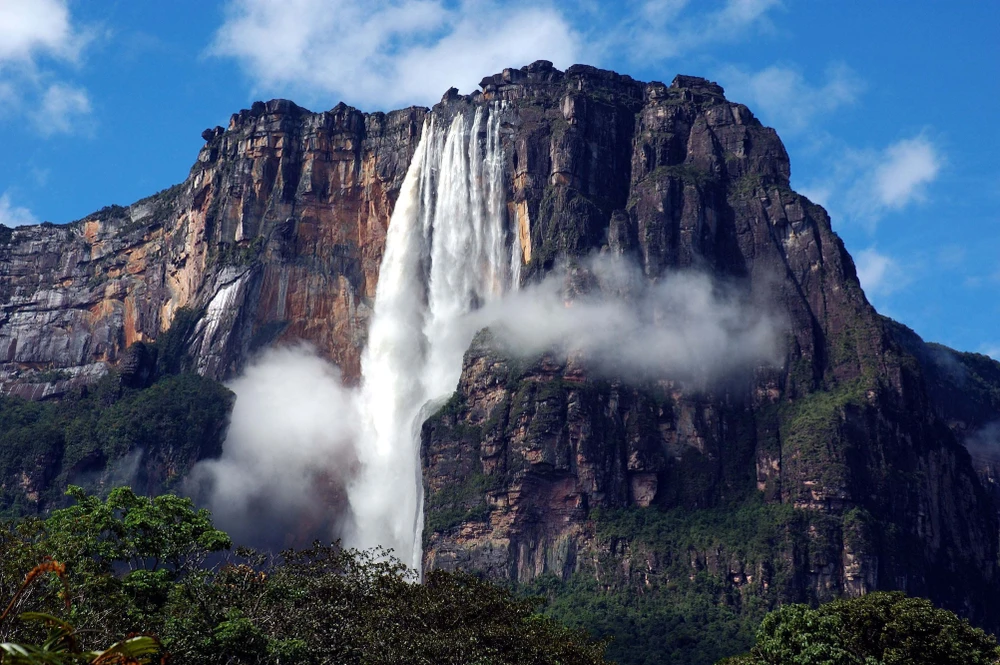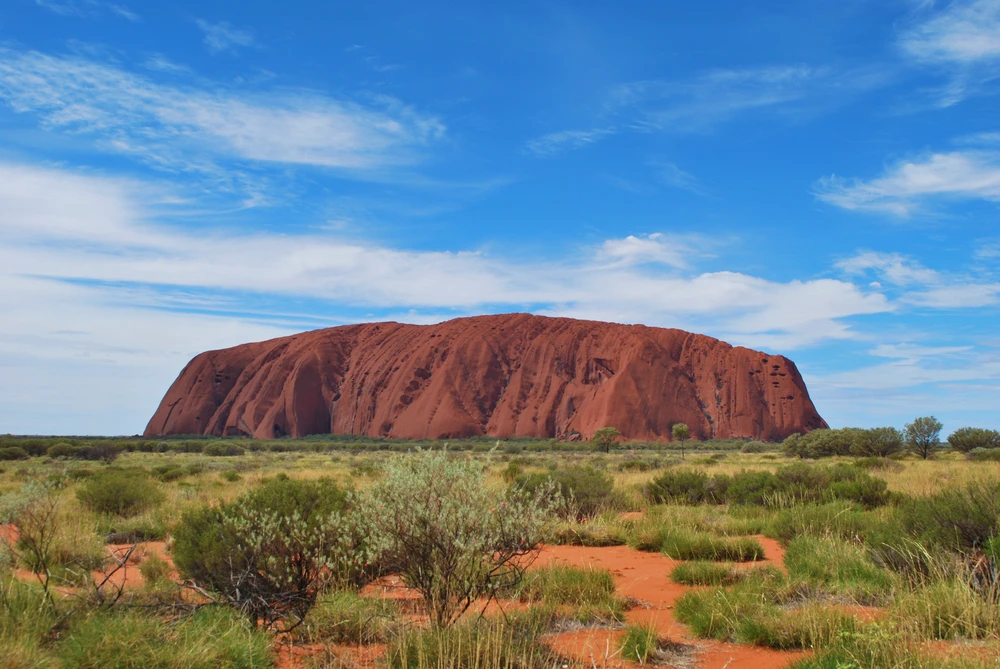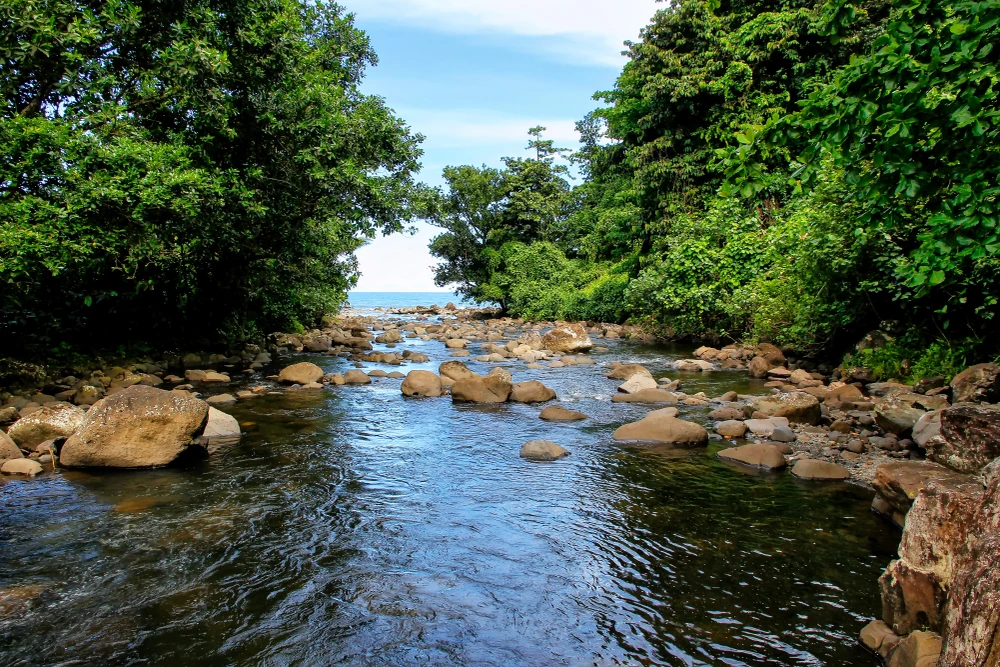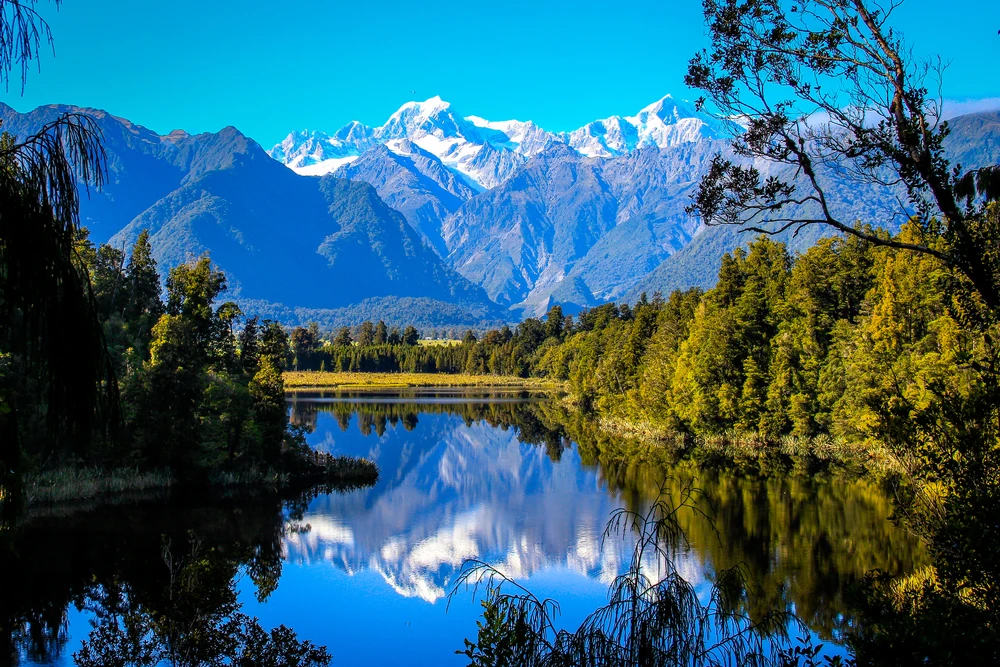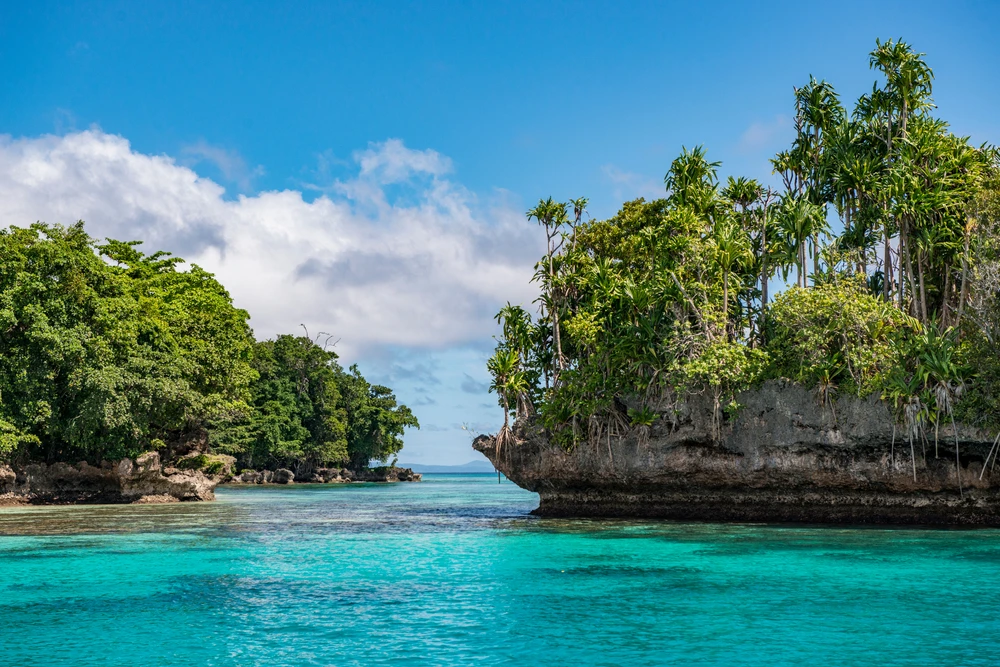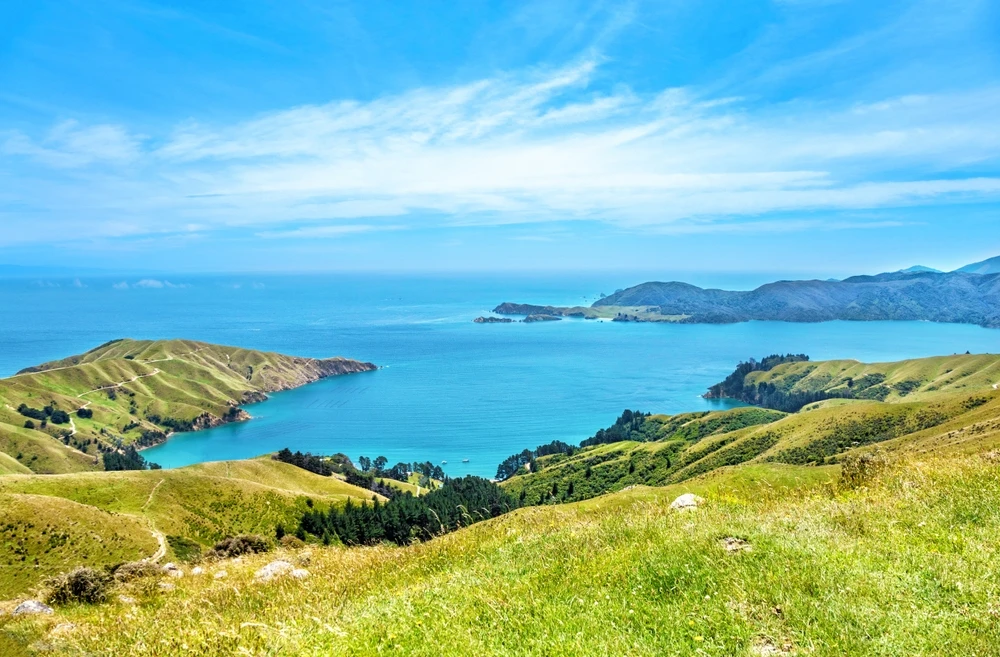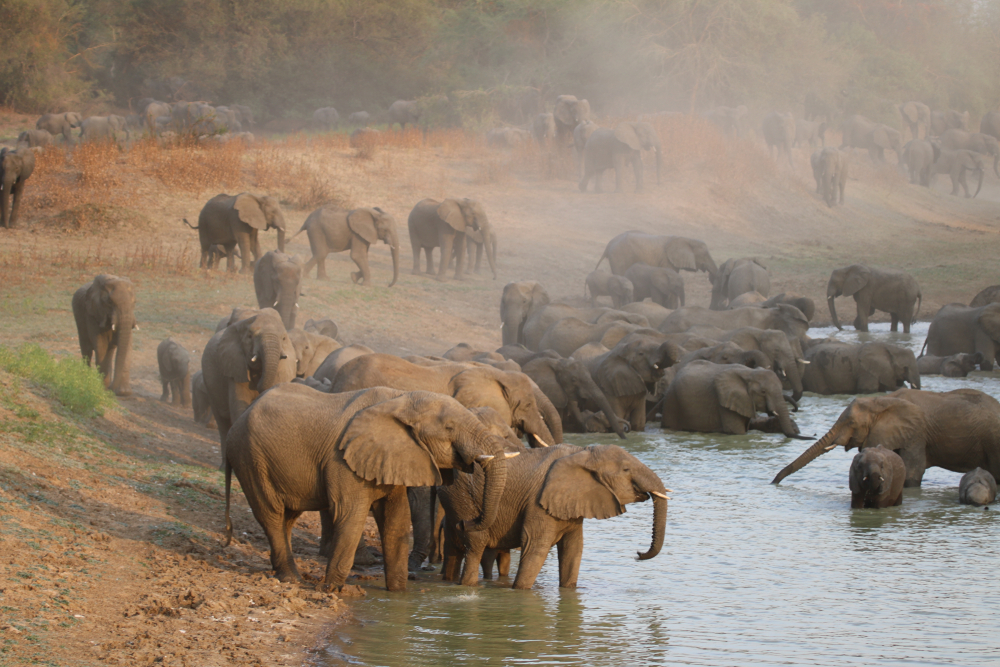Aouk Overview
Aouk National Park, locally referred to as Parc National d’Aouk, is a vital sanctuary situated in the southern region of Chad. Spanning an expansive area of approximately 12,000 square kilometers (4,633 square miles), the park forms part of the greater Chad Basin ecosystem. Renowned for its pristine wilderness, Aouk National Park features a stunning mix of grassy savannahs, gallery forests, and riparian habitats, offering an ideal refuge for a vast array of wildlife and a unique destination for eco-tourism.
The park’s landscape is defined by its namesake, the Aouk River, which traverses its boundaries, creating fertile floodplains and sustaining its flora and fauna. Seasonal floods enhance the productivity of the ecosystem, transforming the grasslands into vibrant habitats teeming with life. The interplay of open plains, wooded patches, and water sources creates a picturesque mosaic that attracts both wildlife and visitors seeking unspoiled natural beauty.
Aouk National Park is home to an impressive range of wildlife, including iconic species such as African elephants, giraffes, and buffaloes. The park’s savannahs support herds of kobs, waterbucks, and hartebeests, while its woodlands and riverine areas are frequented by baboons, vervet monkeys, and elusive predators like leopards and striped hyenas. The diverse habitats also support smaller species such as aardvarks, porcupines, and genets, adding to the park’s rich biodiversity.
Birdlife in the park is equally remarkable, with over 300 species recorded. Visitors may spot the striking saddle-billed stork, grey crowned crane, and colorful bee-eaters along the riverbanks. Migratory species such as white storks and pied avocets enrich the park’s avian diversity during seasonal movements, making it a paradise for birdwatching enthusiasts. Raptors, including the martial eagle and palm-nut vulture, are also common sights, soaring above the savannahs in search of prey.
The vegetation in Aouk National Park ranges from hardy acacia trees dotting the plains to dense riparian forests lining the Aouk River. These habitats support a wide variety of plant and animal species, playing an essential role in maintaining the park’s ecological balance. Seasonal wildflowers bloom across the savannahs, adding bursts of color to the scenery and attracting pollinators such as butterflies and bees.
Conservation efforts in Aouk National Park focus on mitigating human-wildlife conflicts, combating poaching, and promoting sustainable resource management. The park is part of regional initiatives aimed at conserving the Chad Basin’s unique ecosystems, fostering collaboration among neighboring countries to ensure the survival of migratory species and shared habitats. Community-based conservation programs emphasize the importance of preserving the park while providing alternative livelihoods to local populations.
Visitors to Aouk National Park can enjoy guided safaris, birdwatching tours, and river excursions, offering close encounters with its remarkable wildlife and breathtaking landscapes. The park’s remote location and untouched beauty make it a hidden gem for those seeking an authentic wilderness experience.
In summary, Aouk National Park is a cornerstone of biodiversity in Chad. Its diverse ecosystems, abundant wildlife, and conservation significance highlight its role as a vital sanctuary and an eco-tourism destination.

